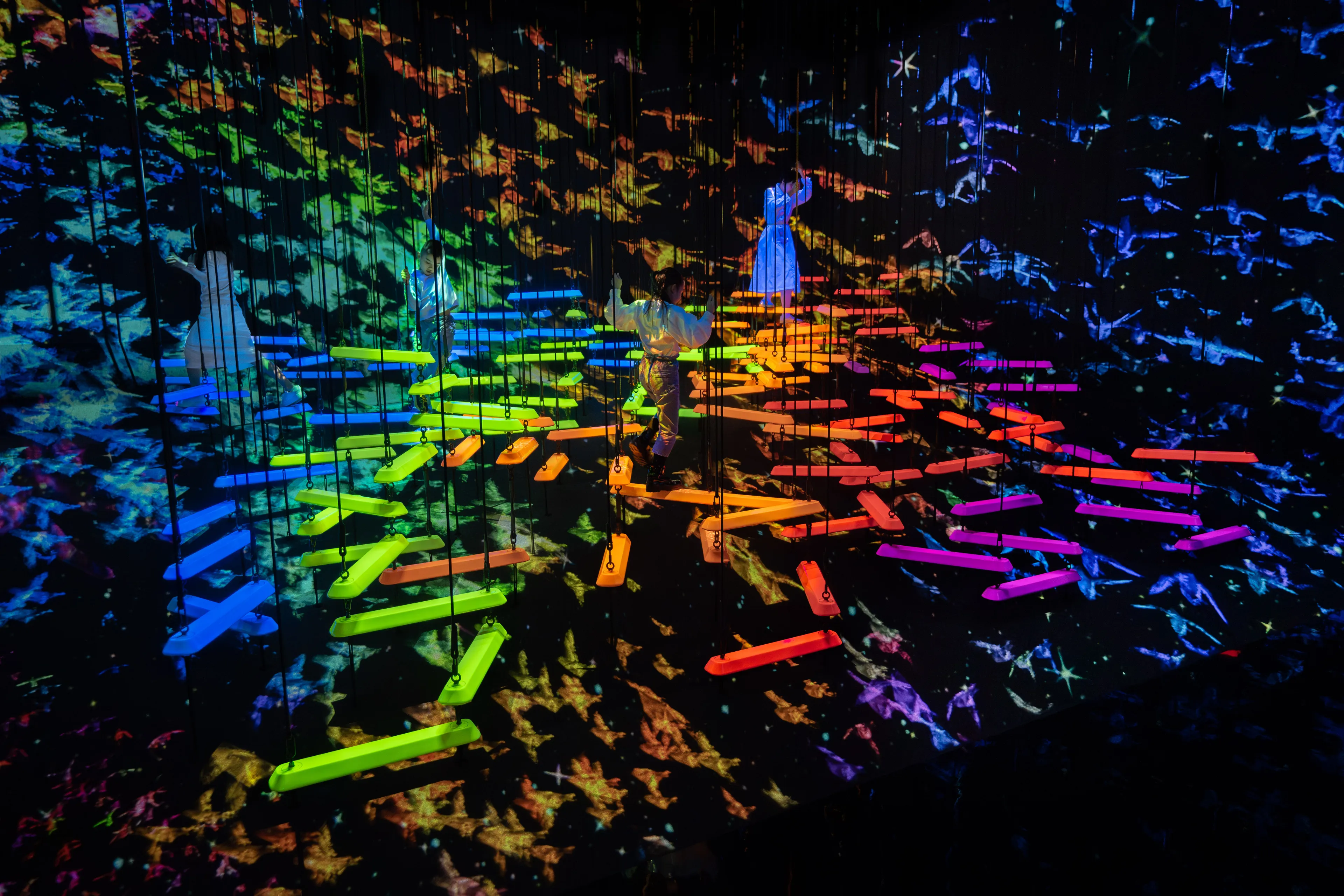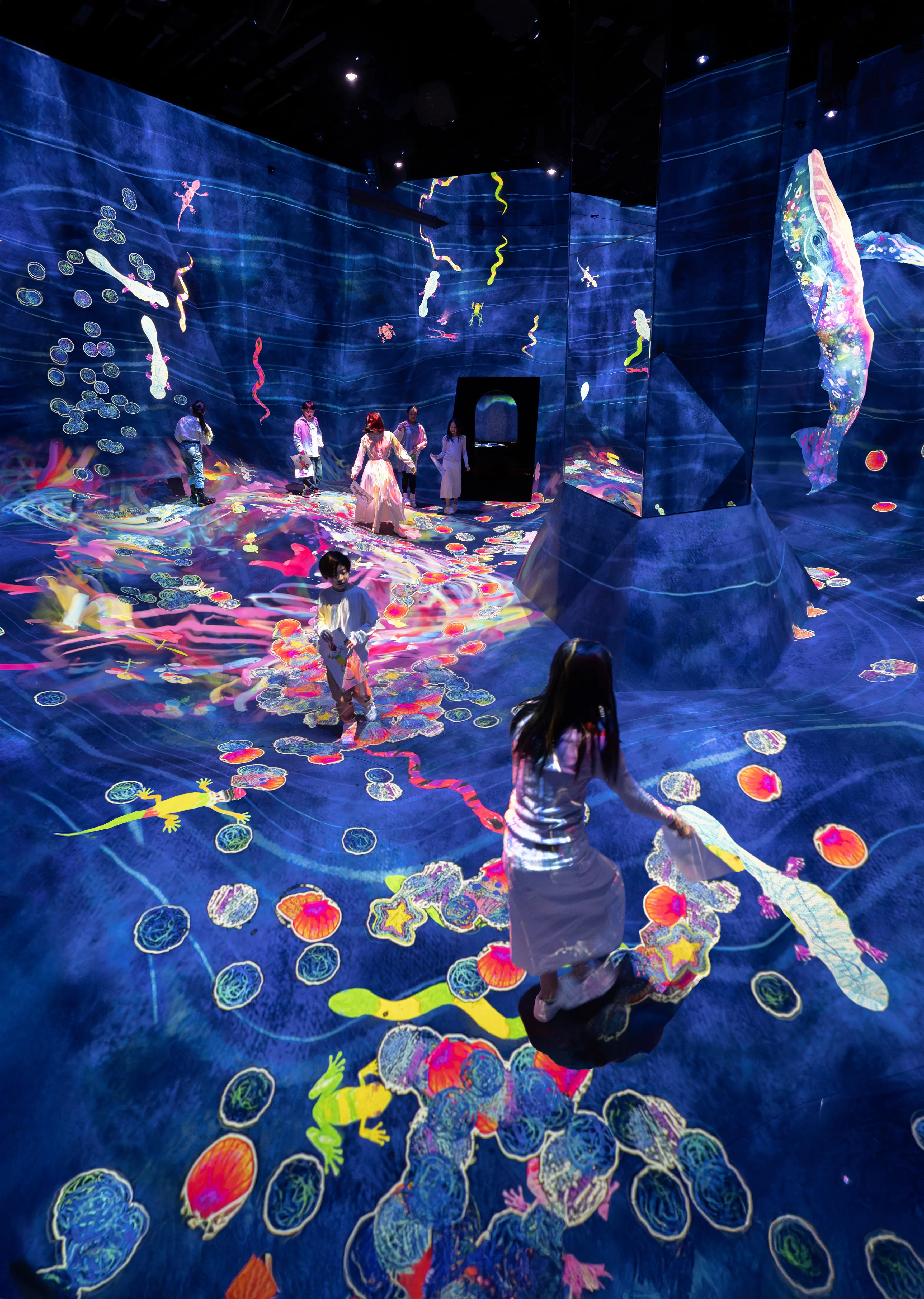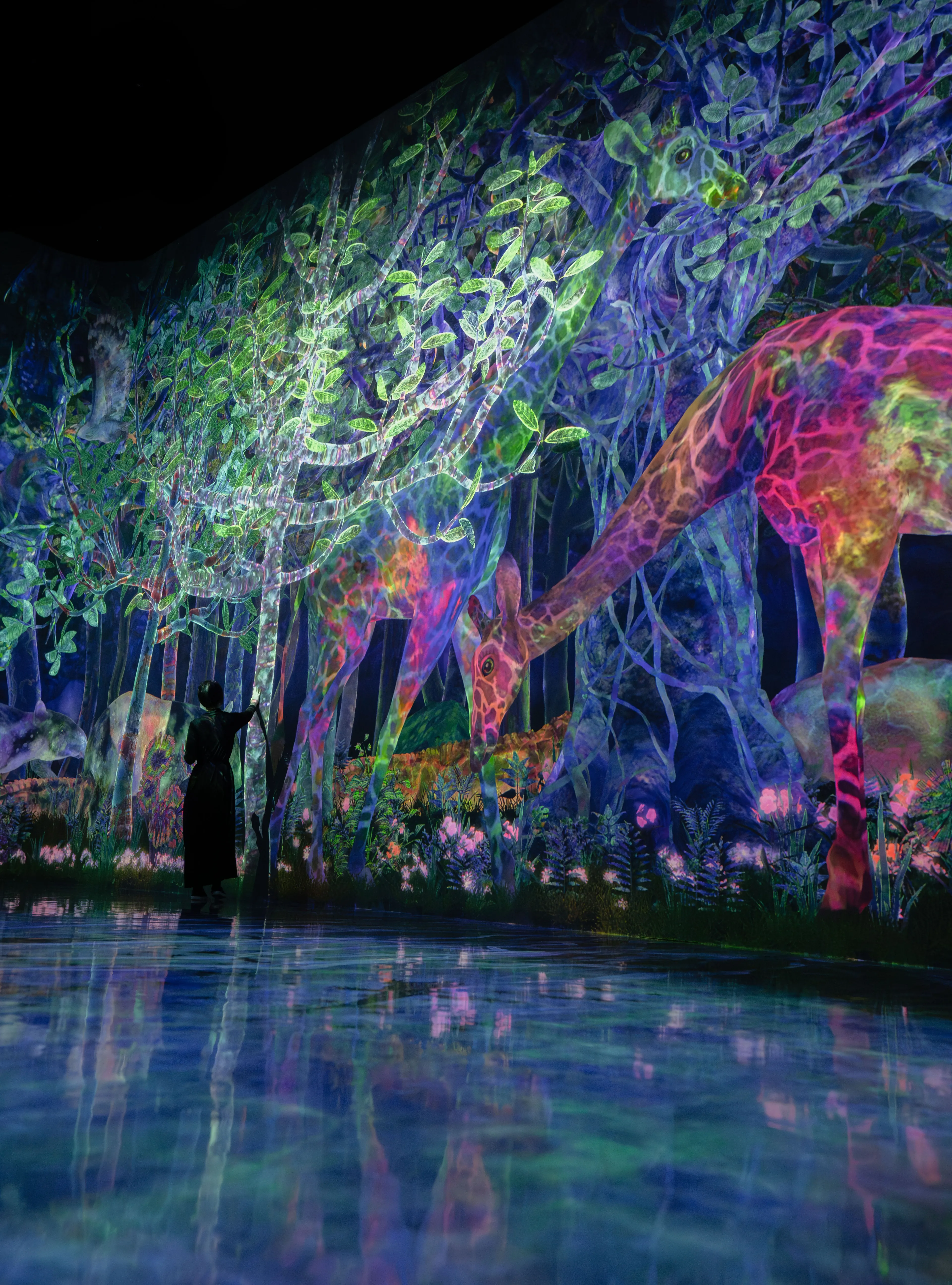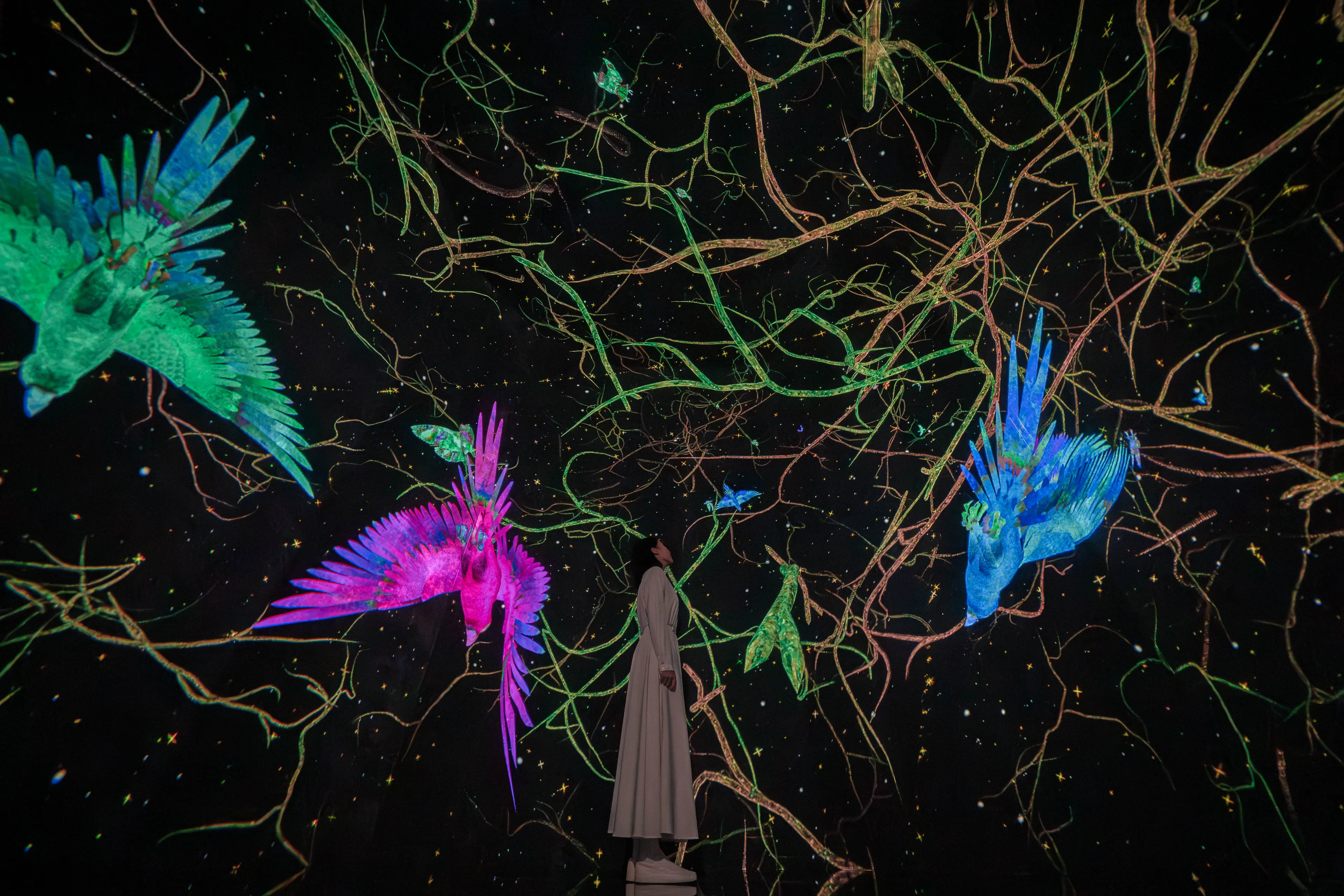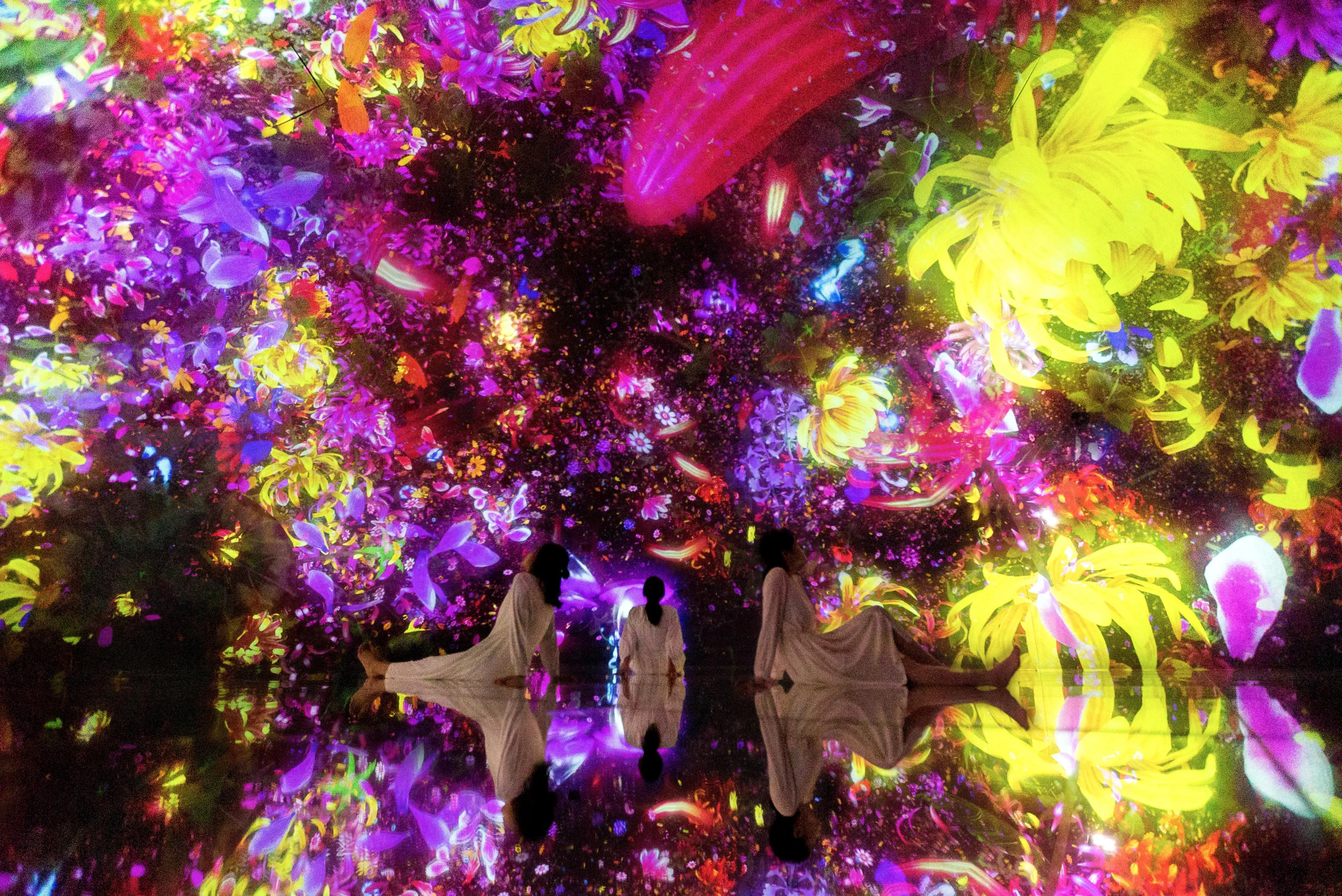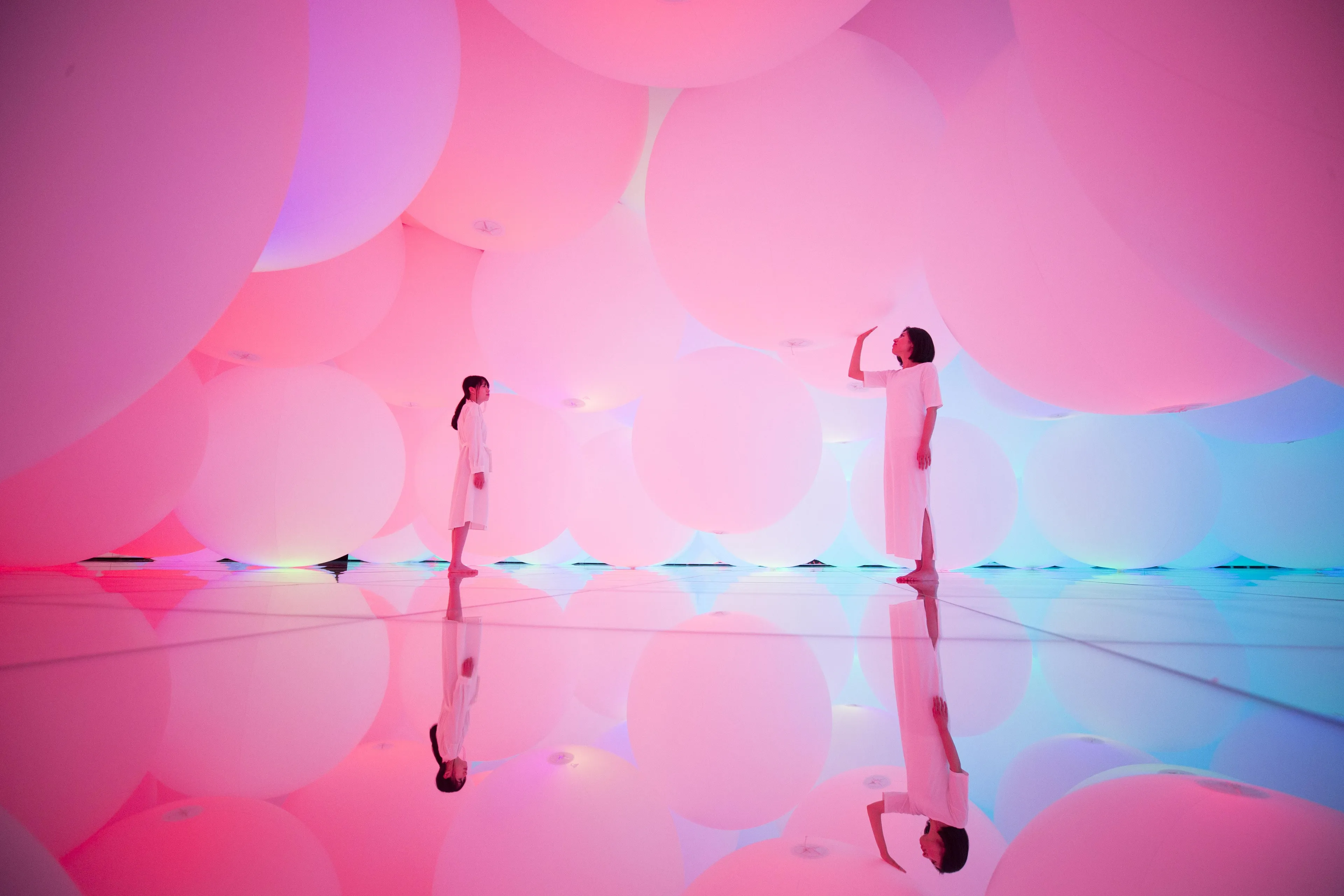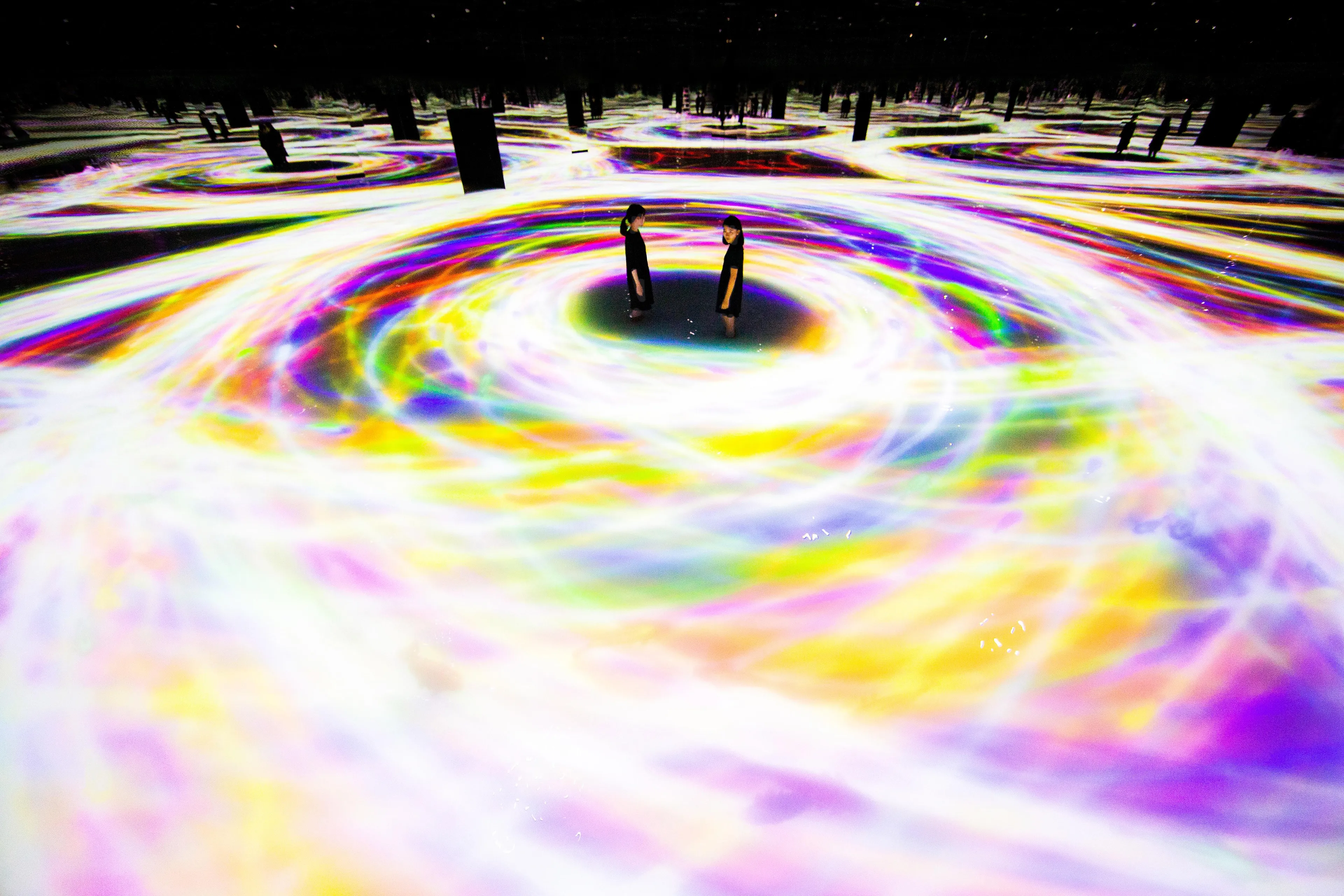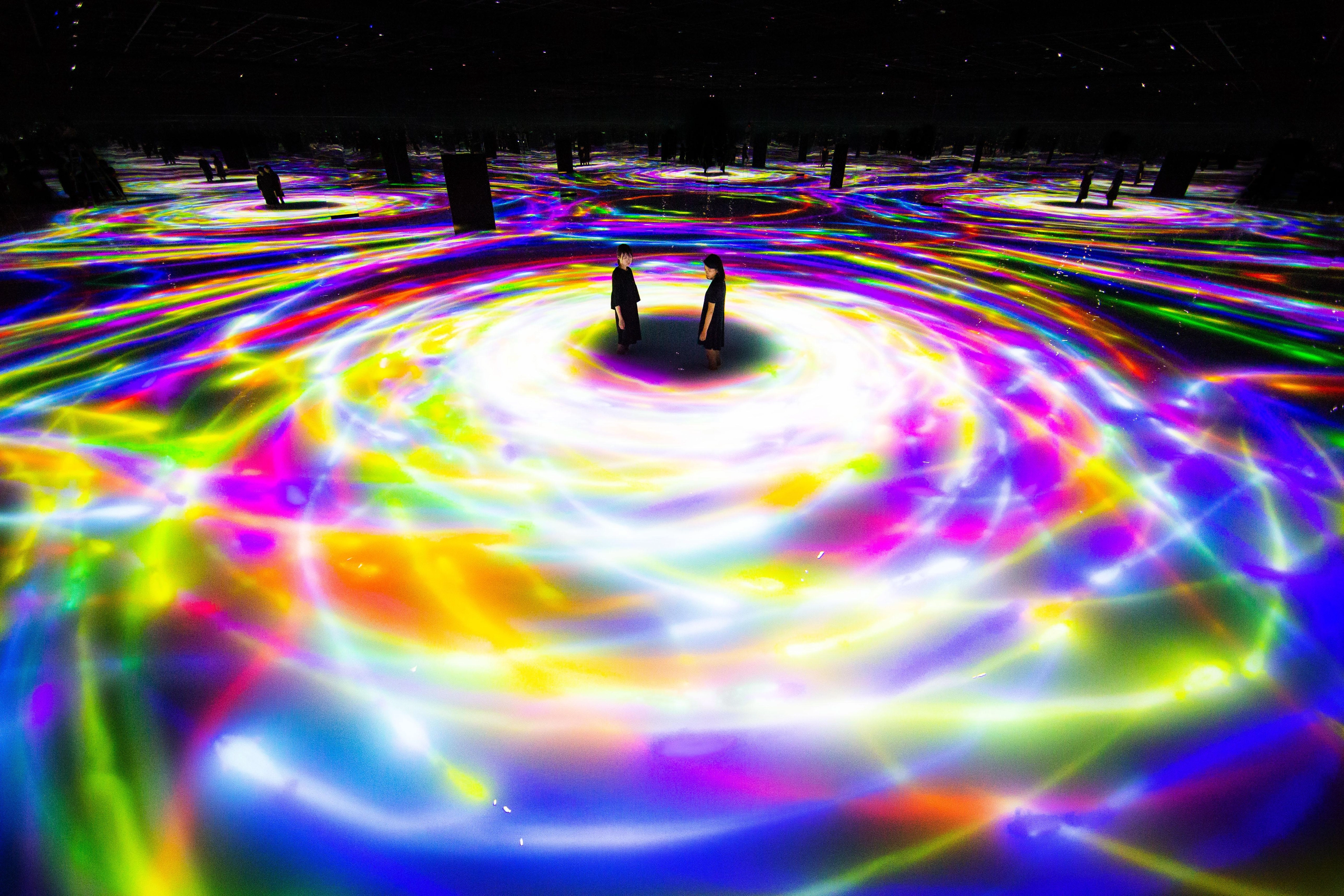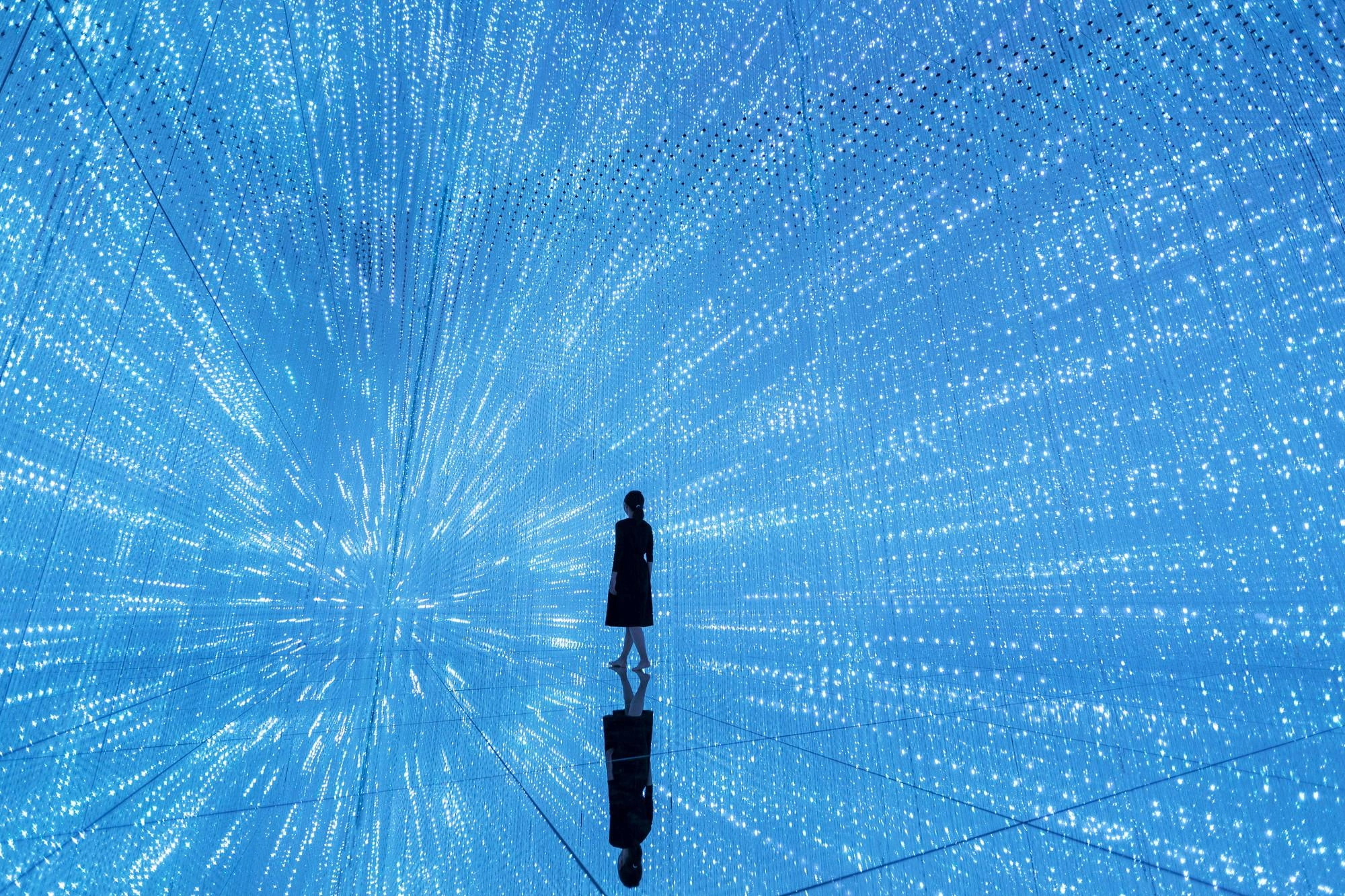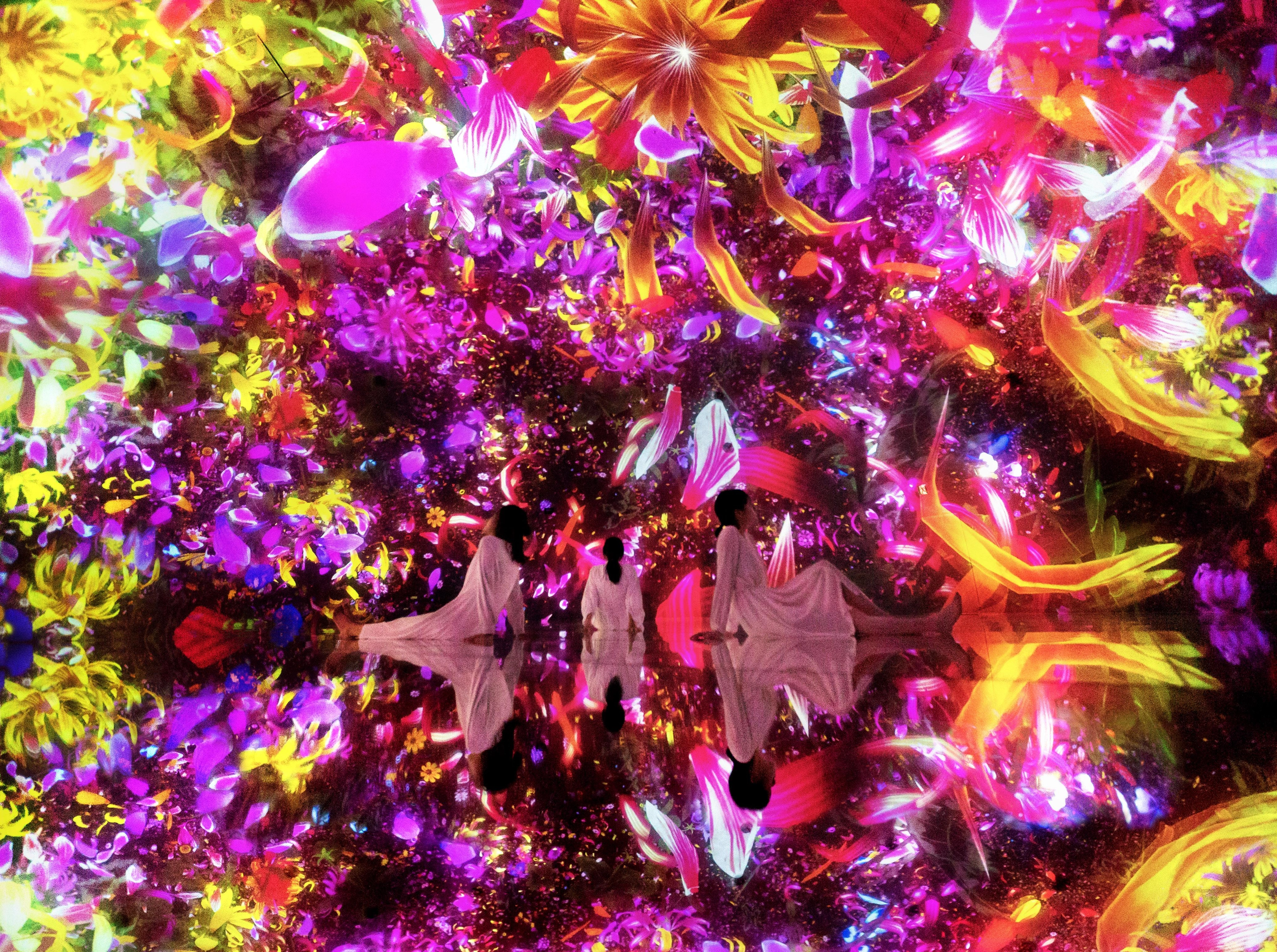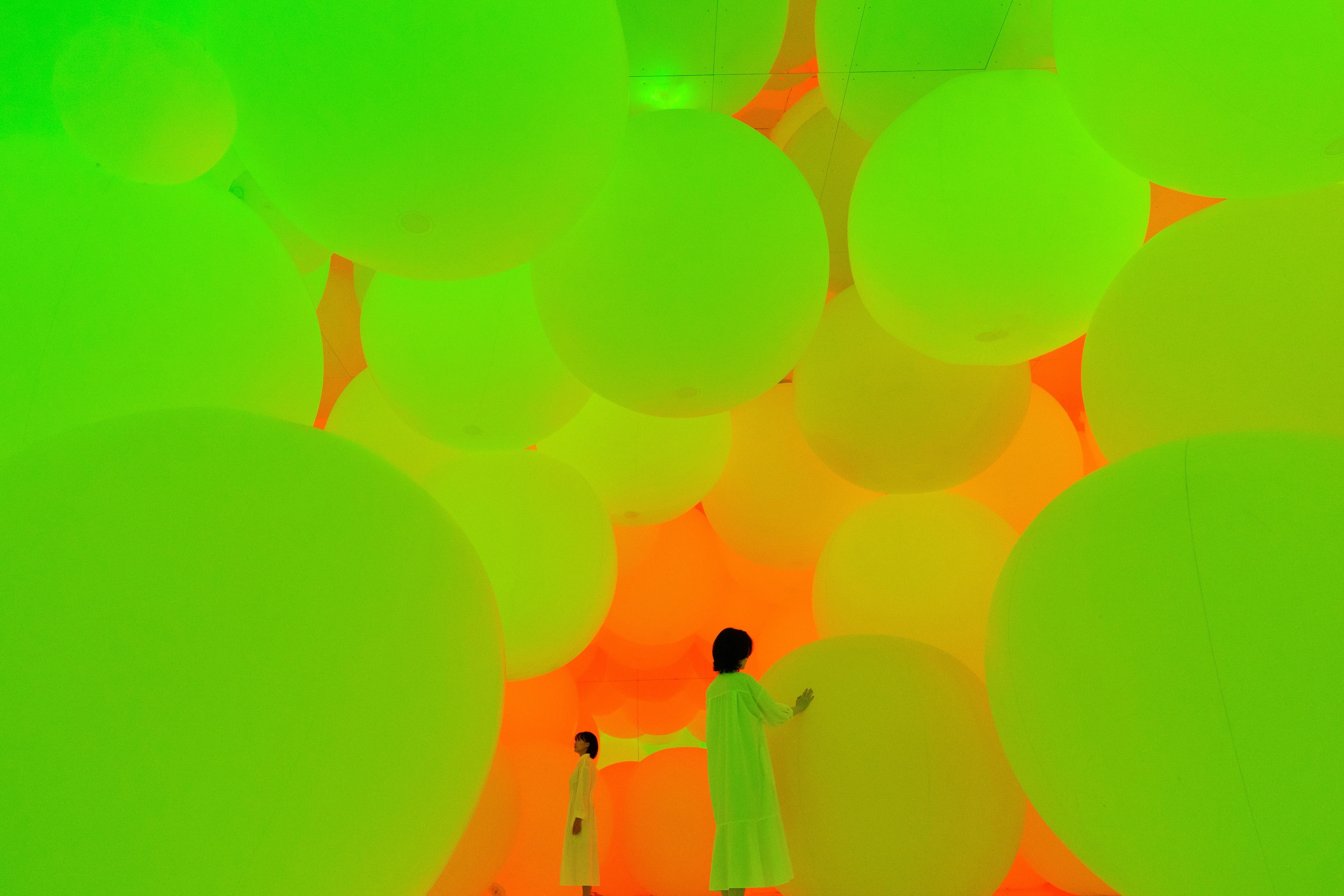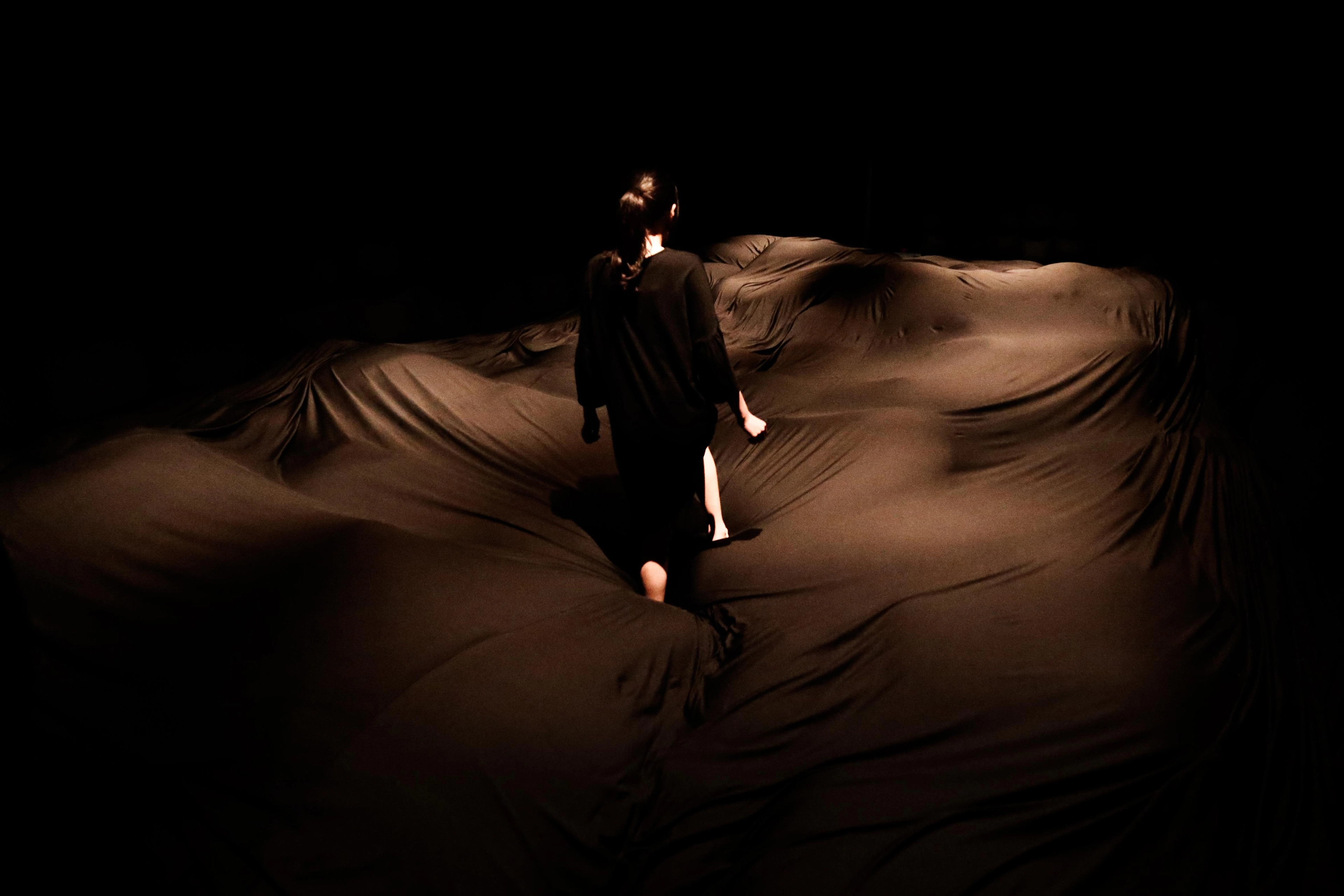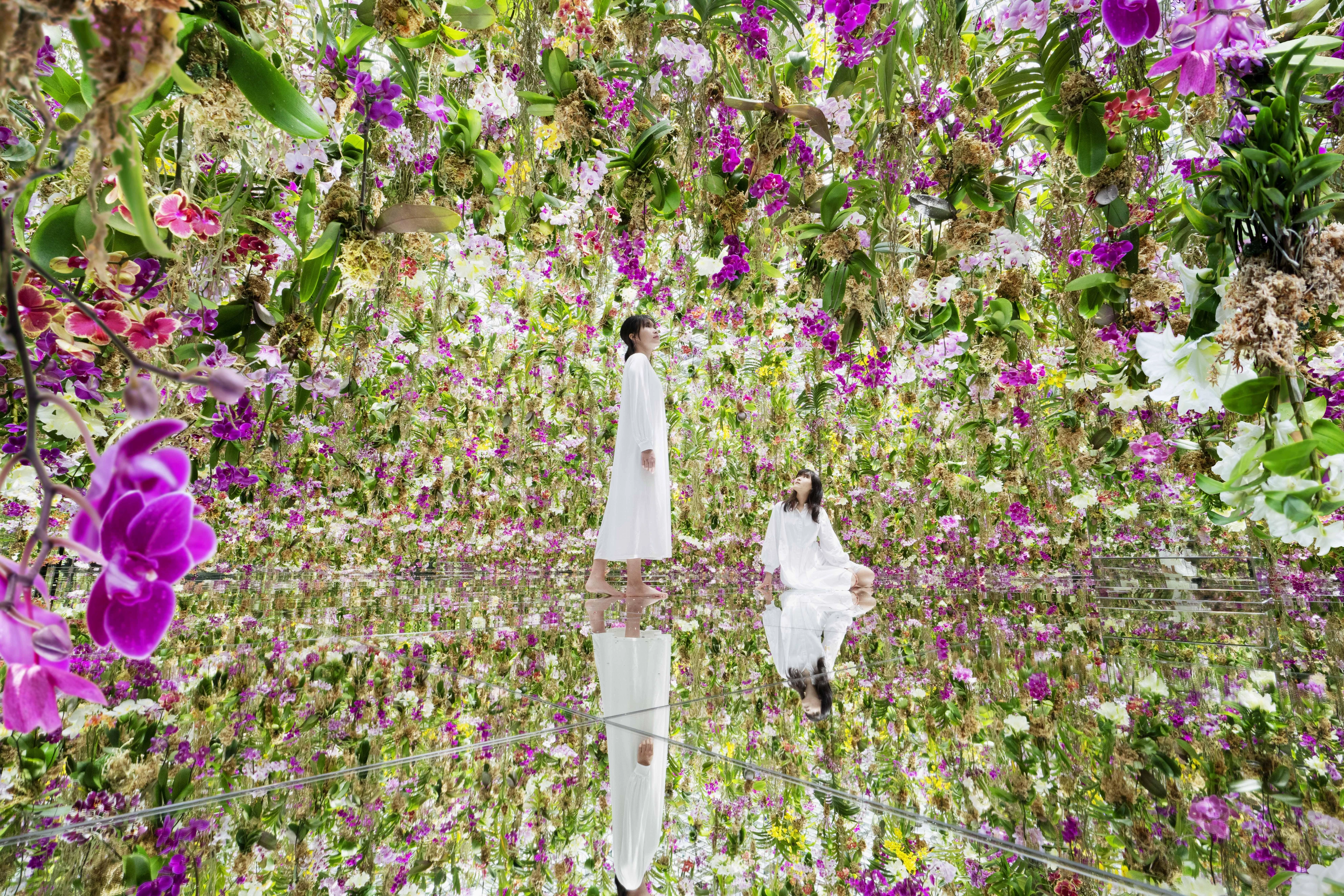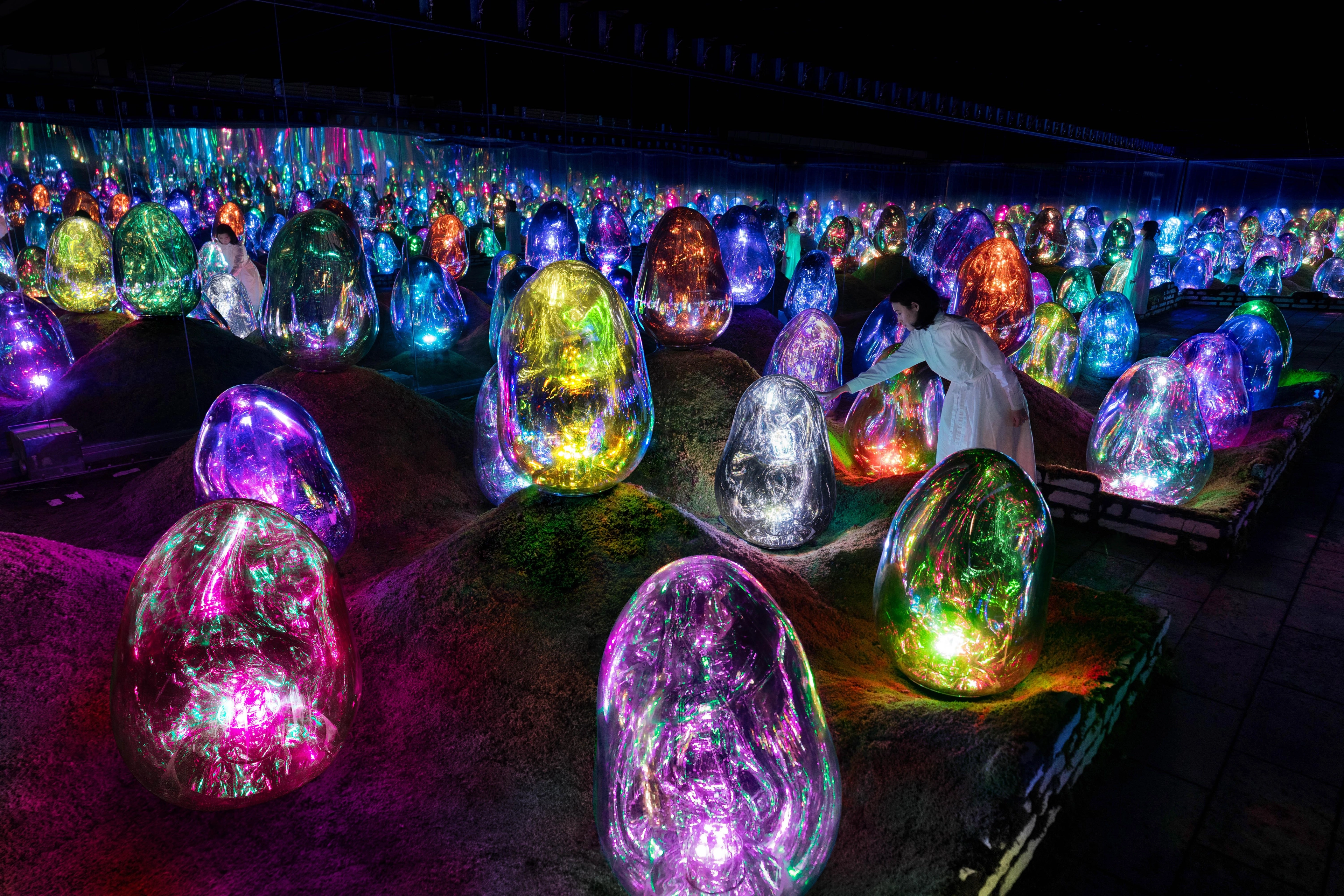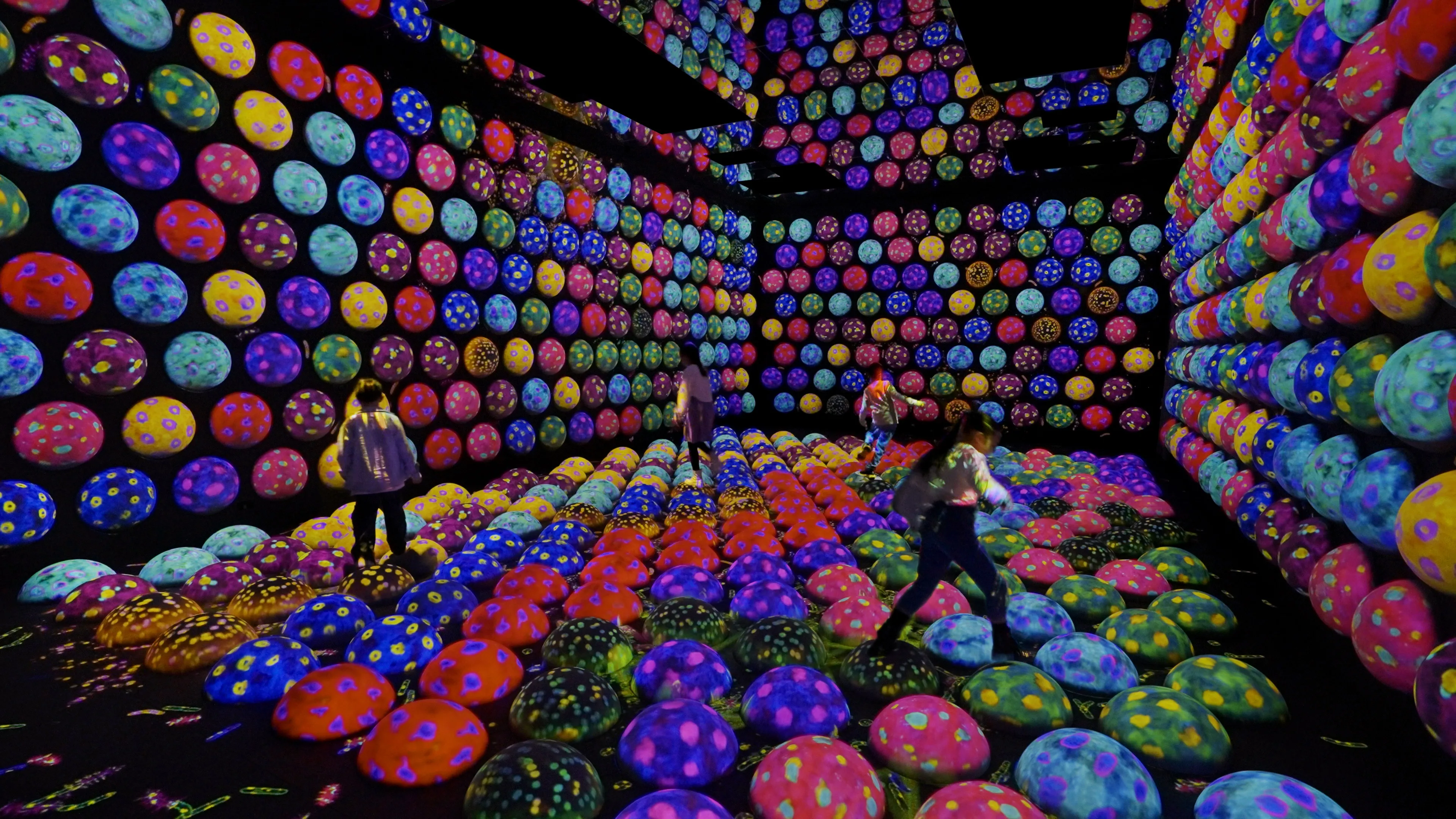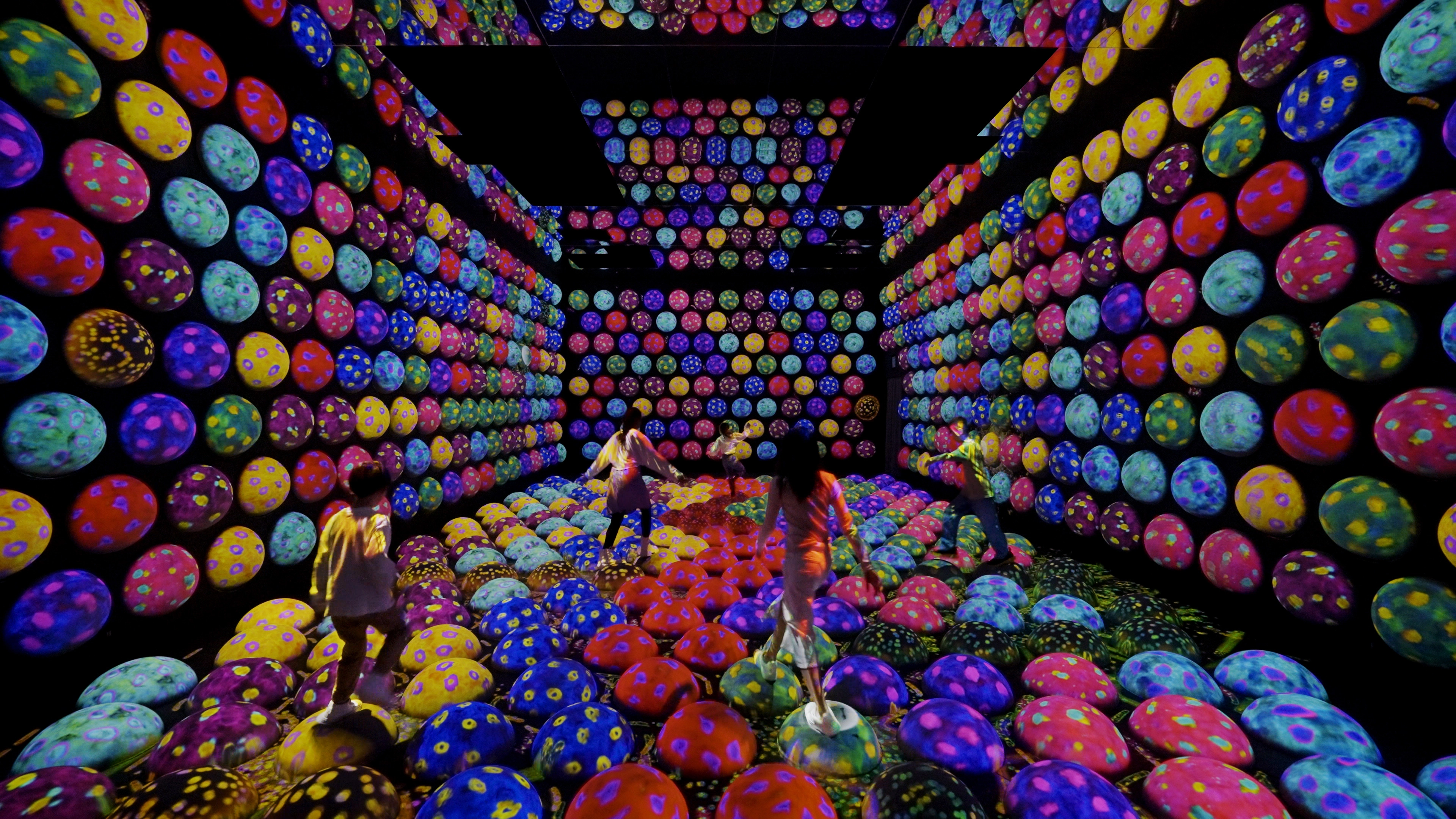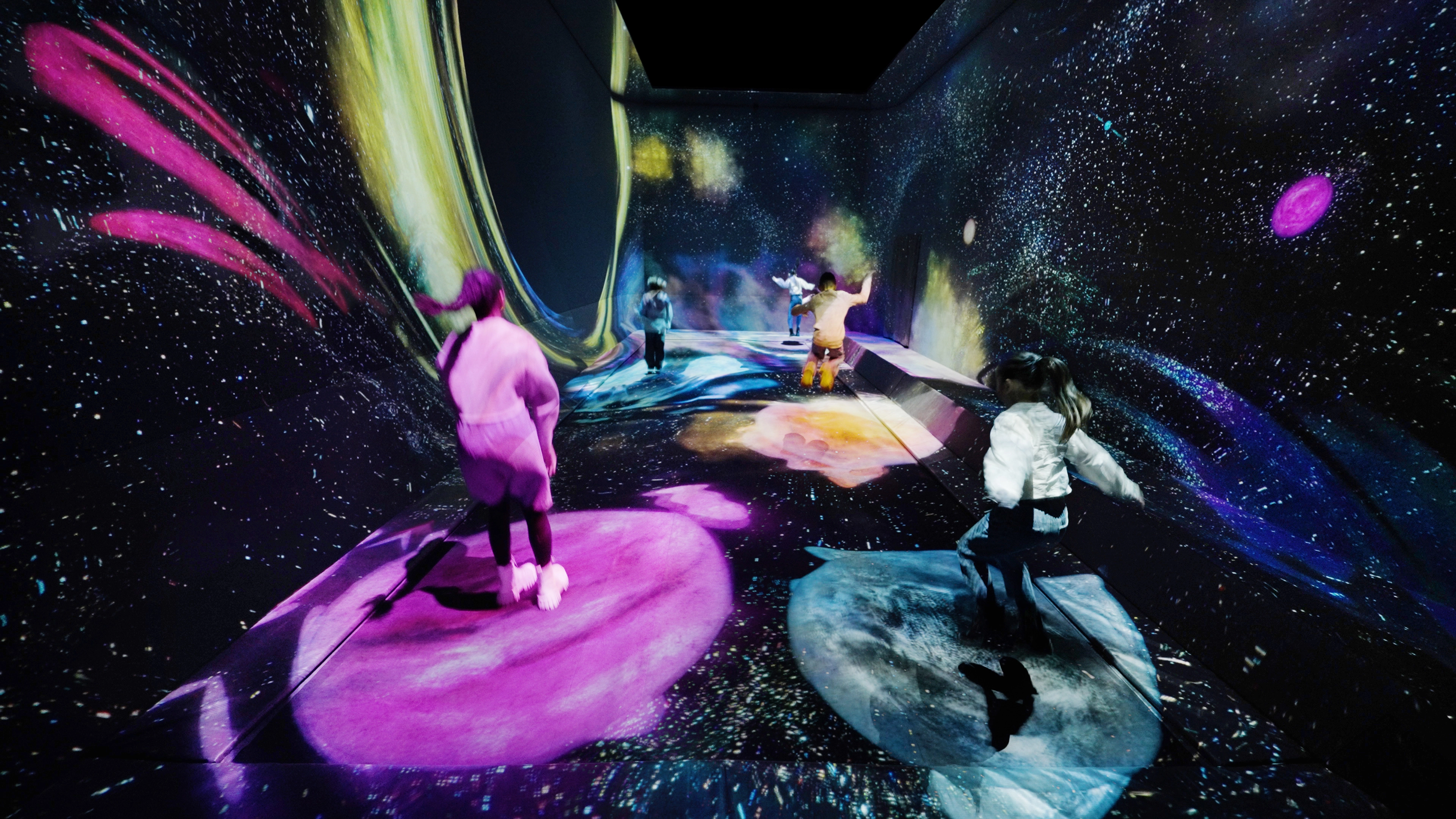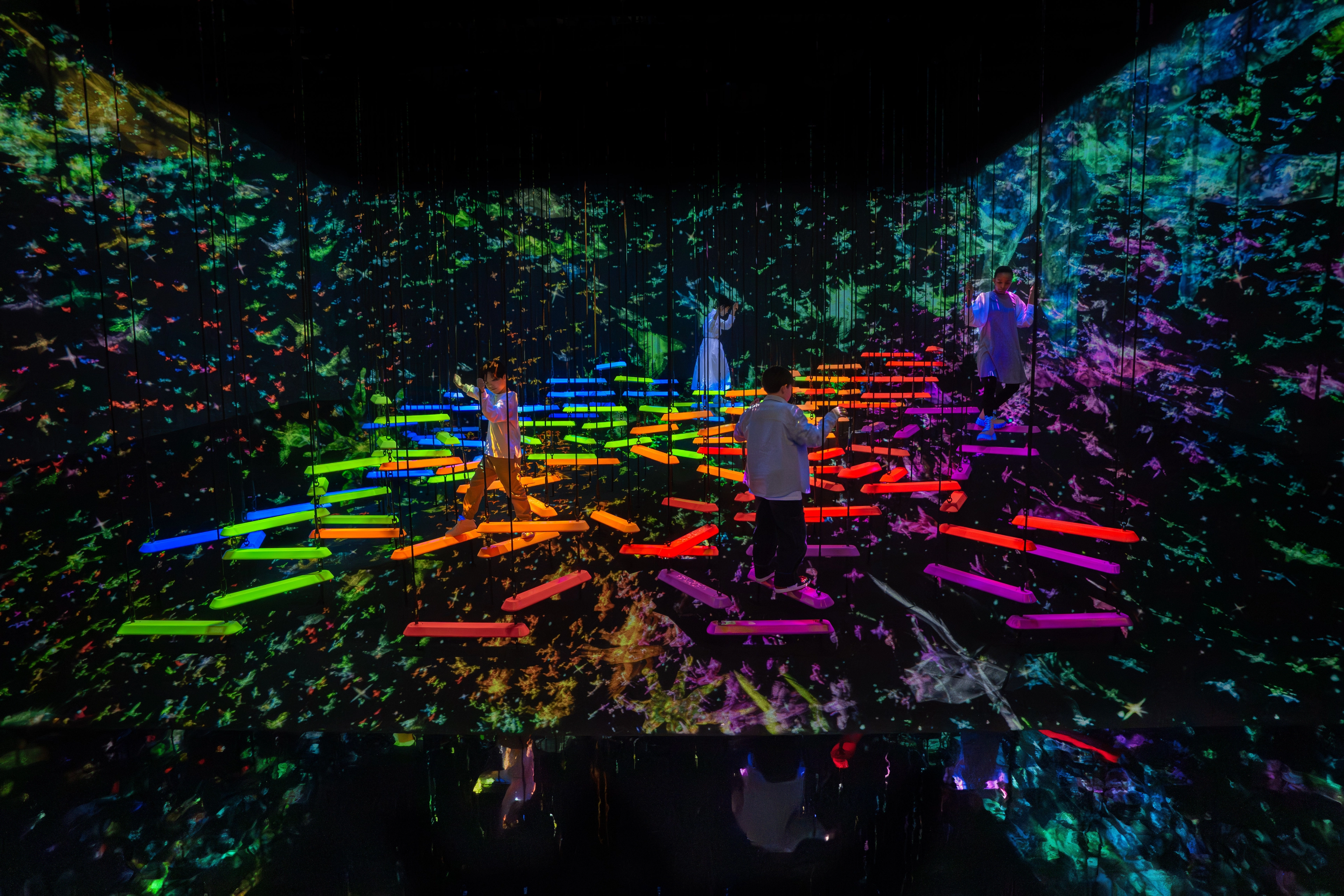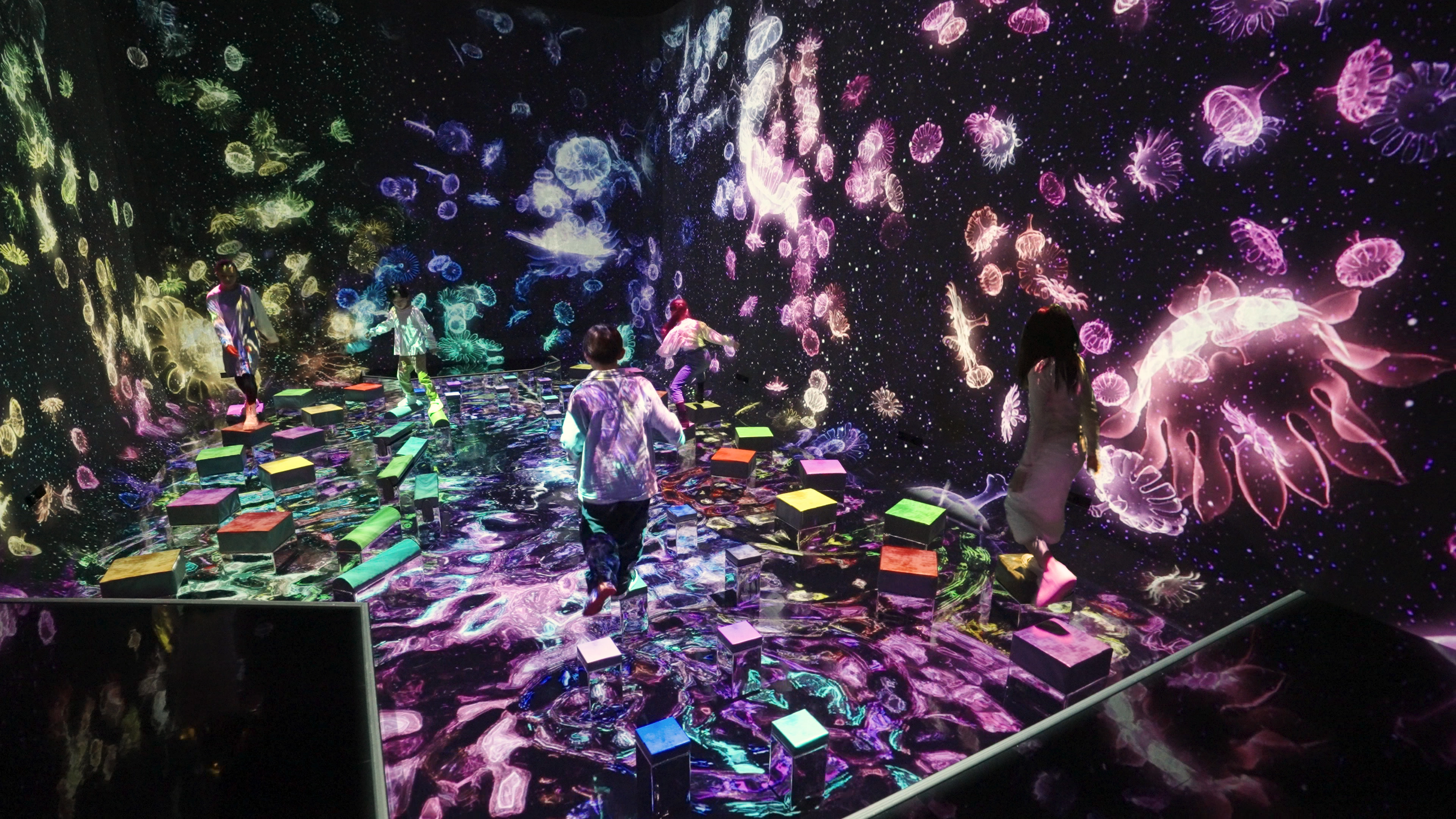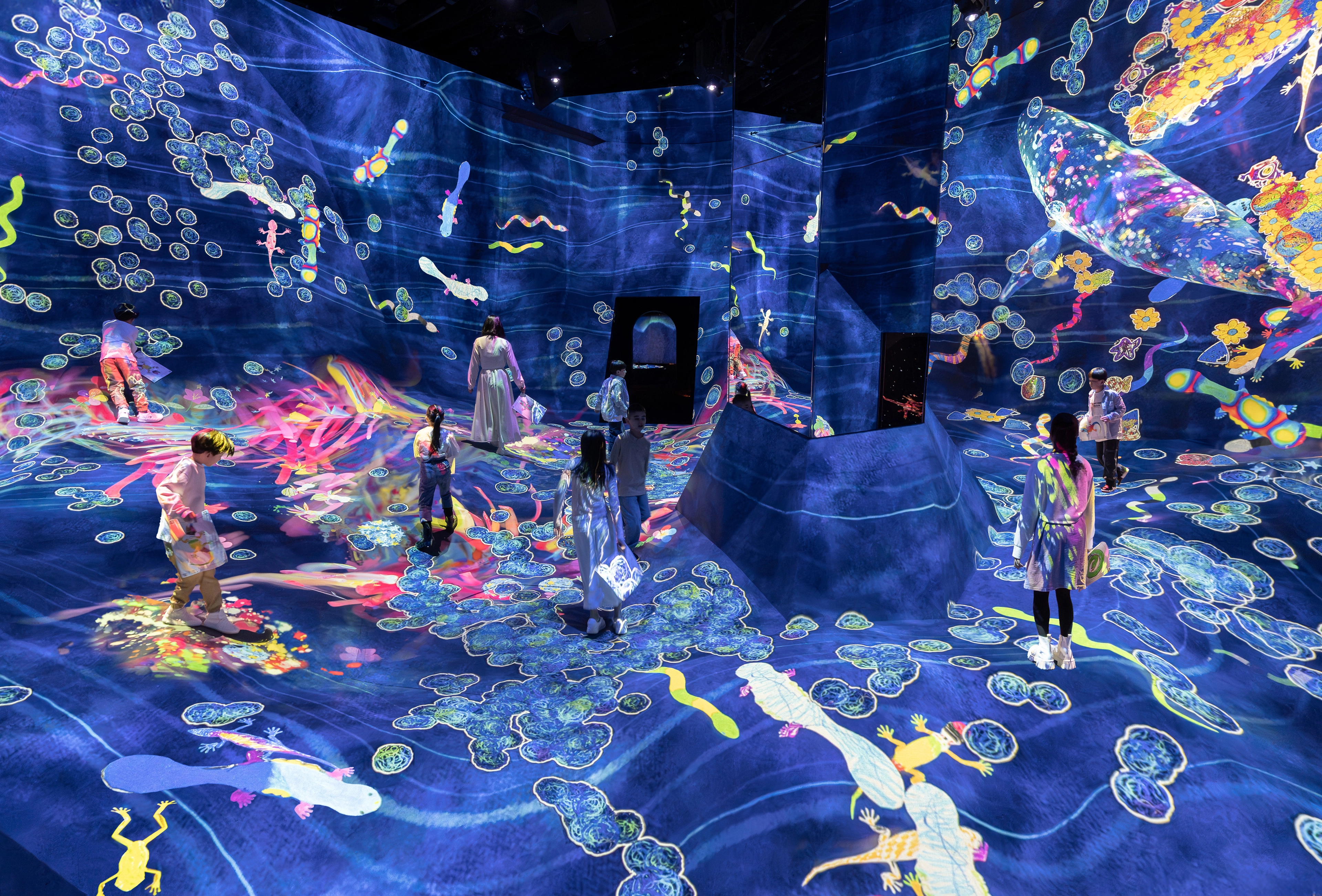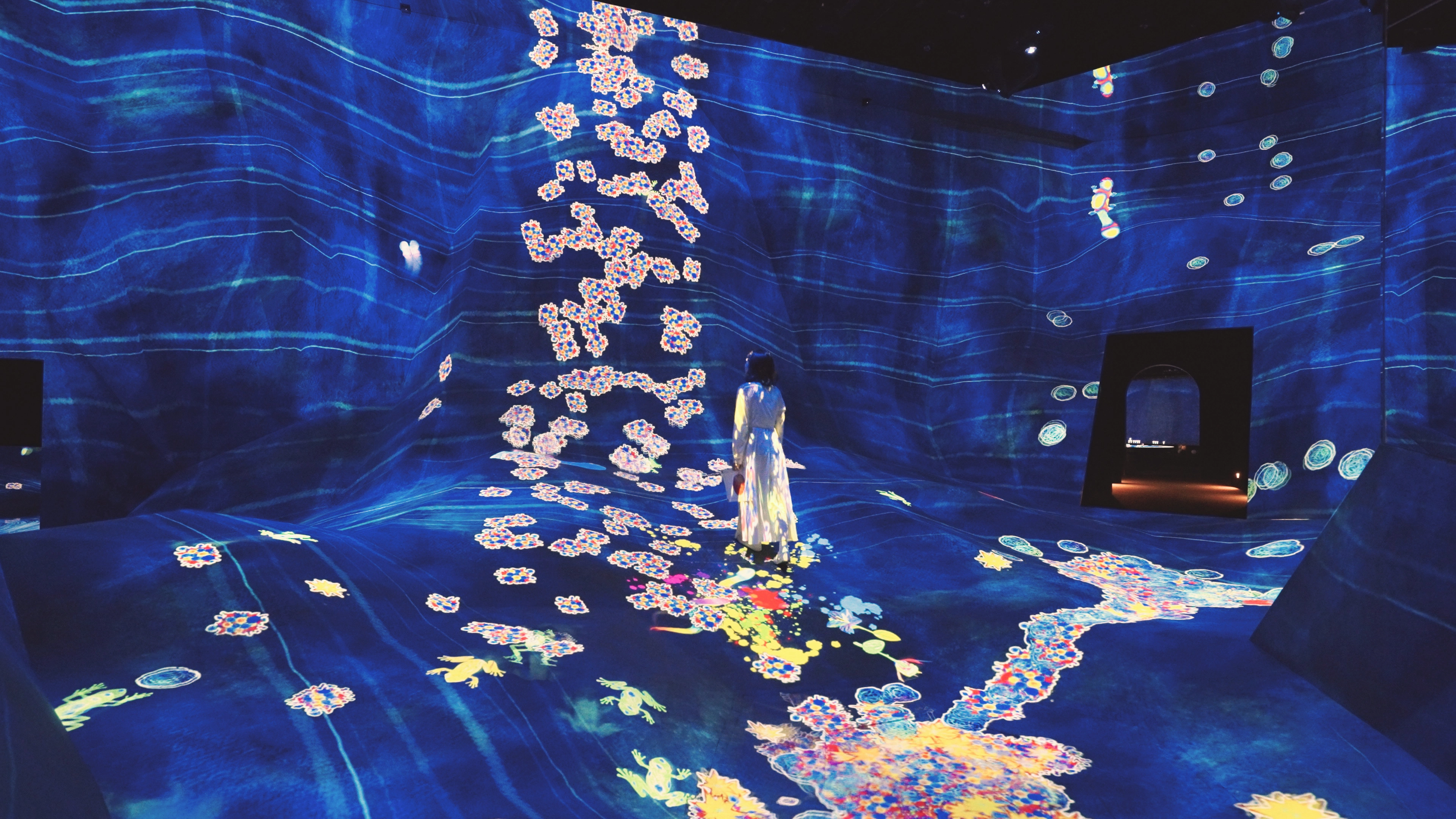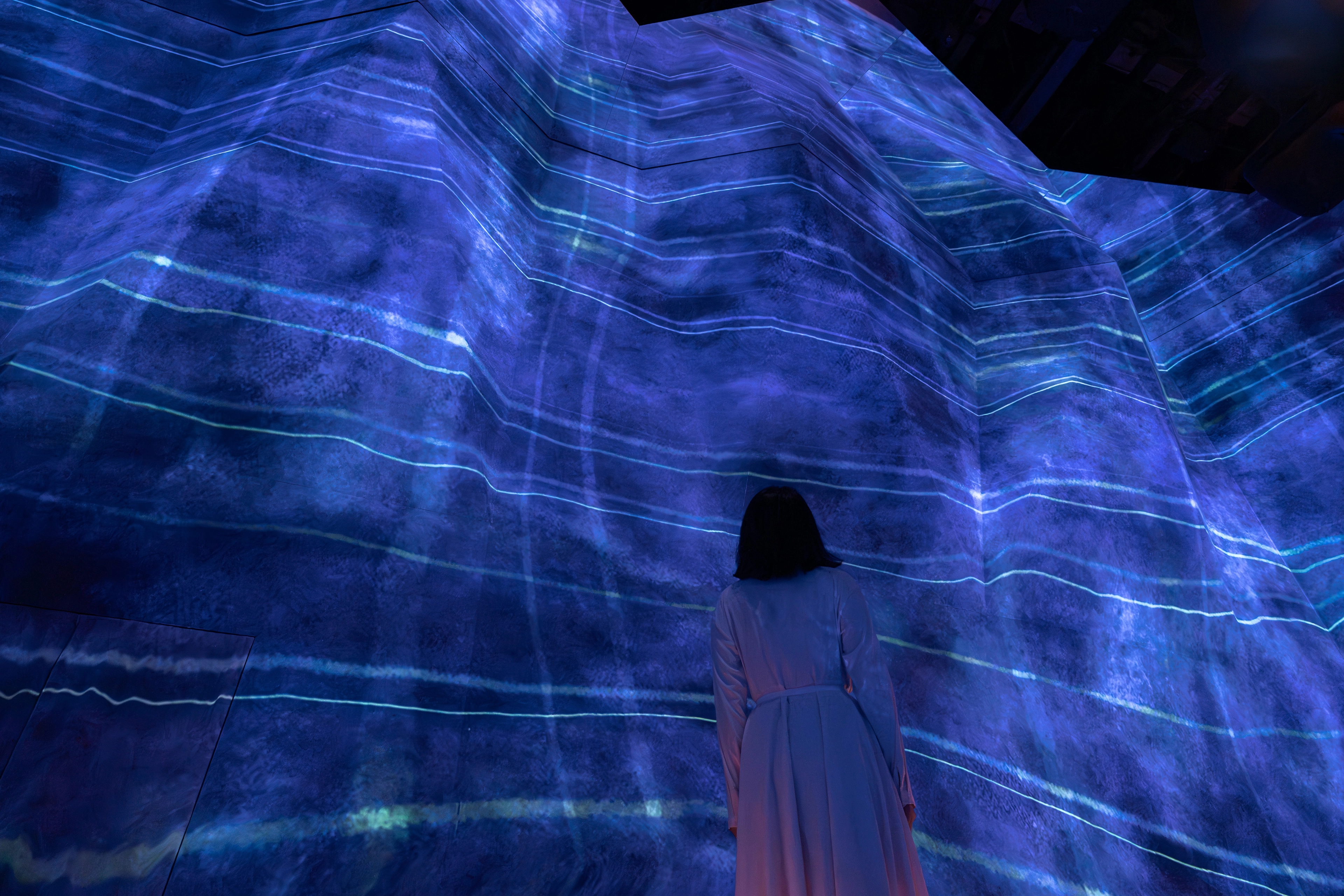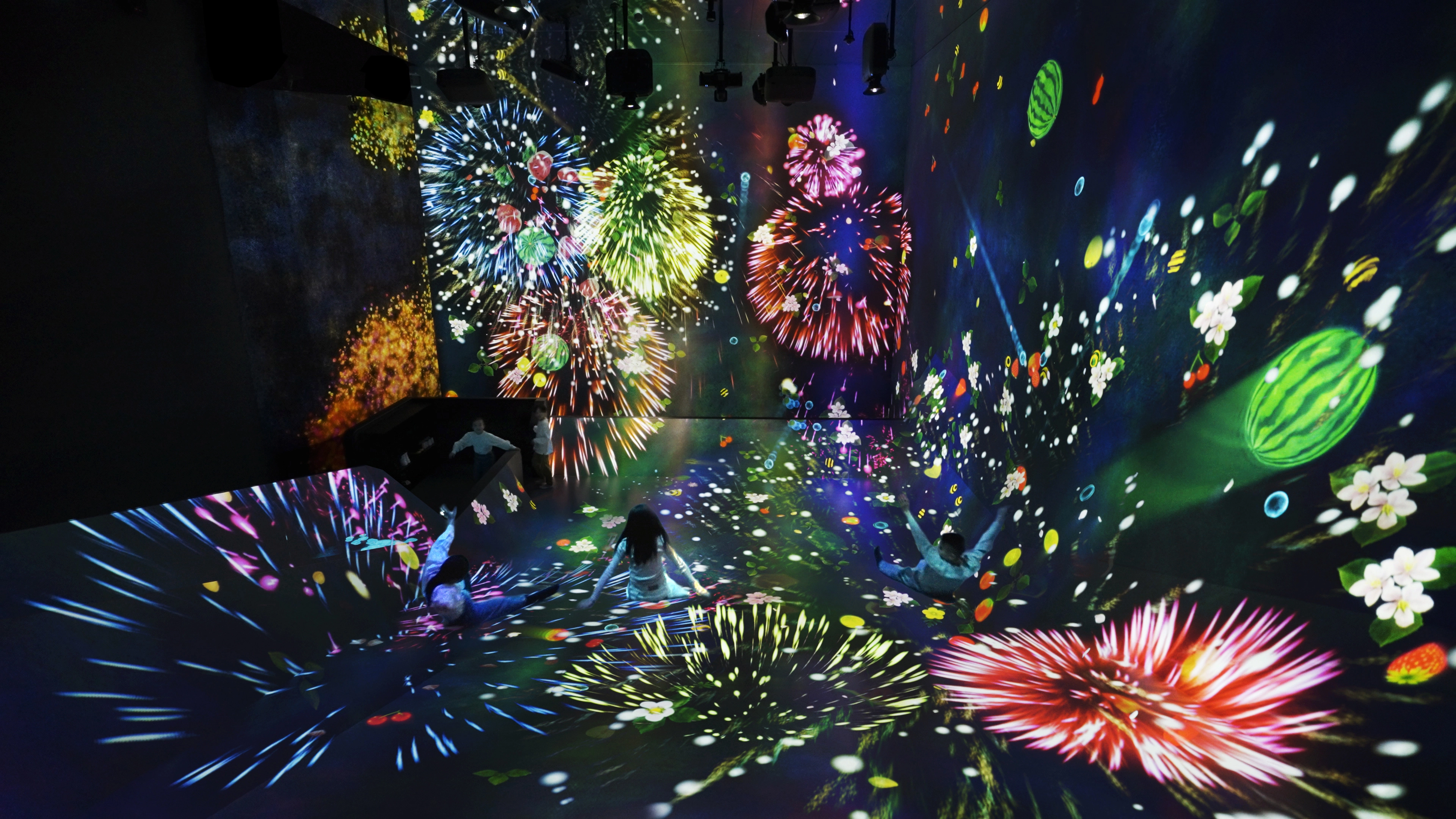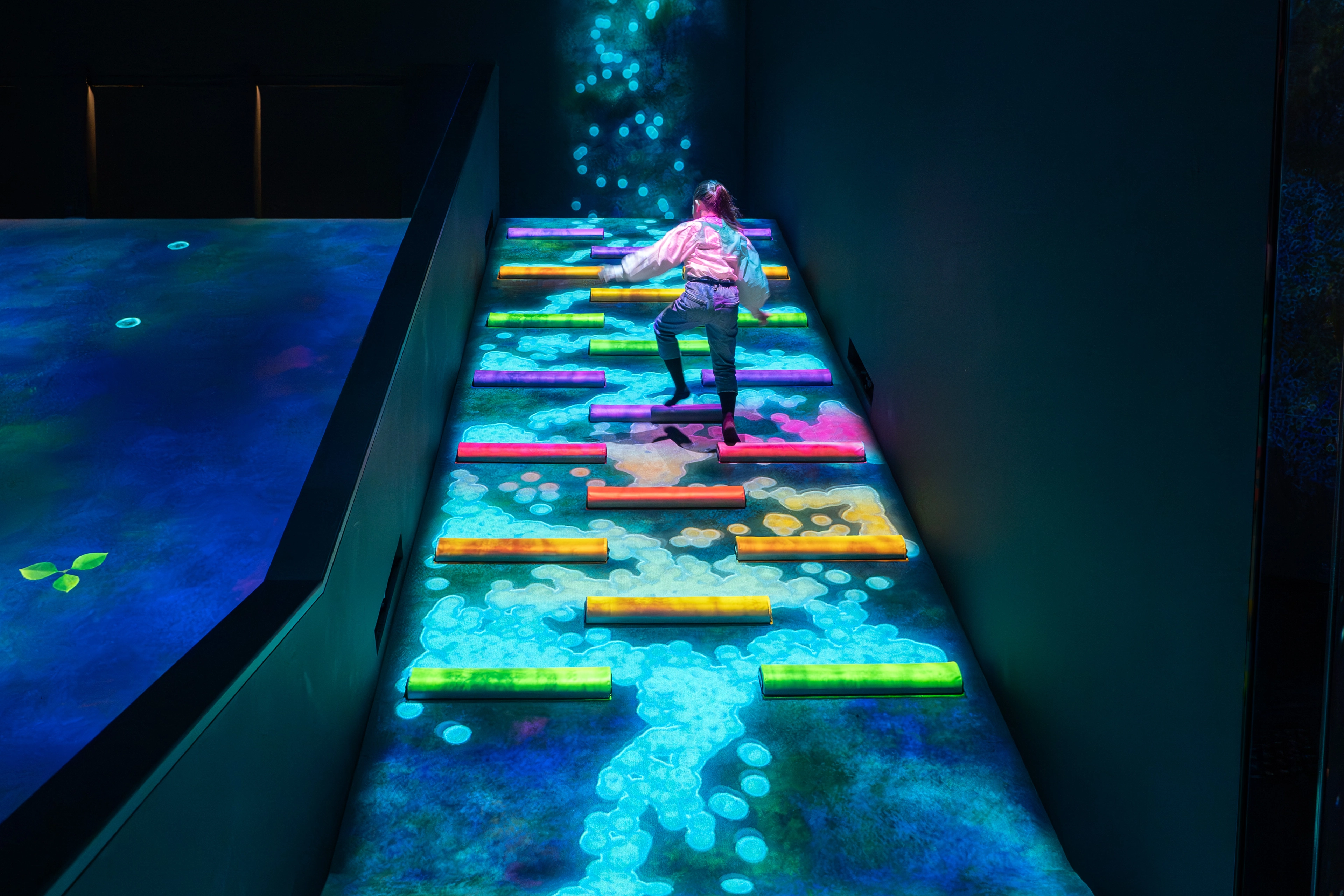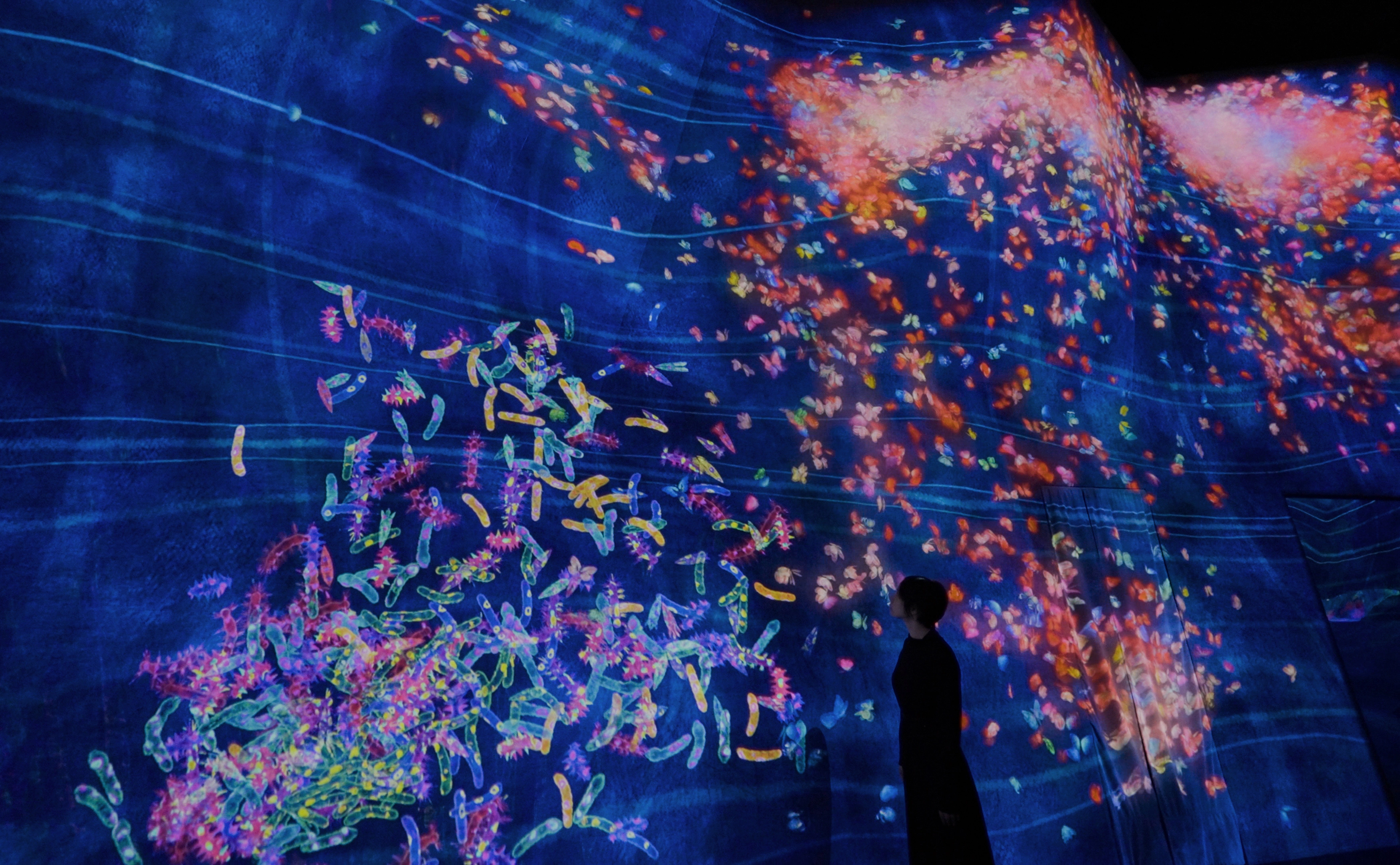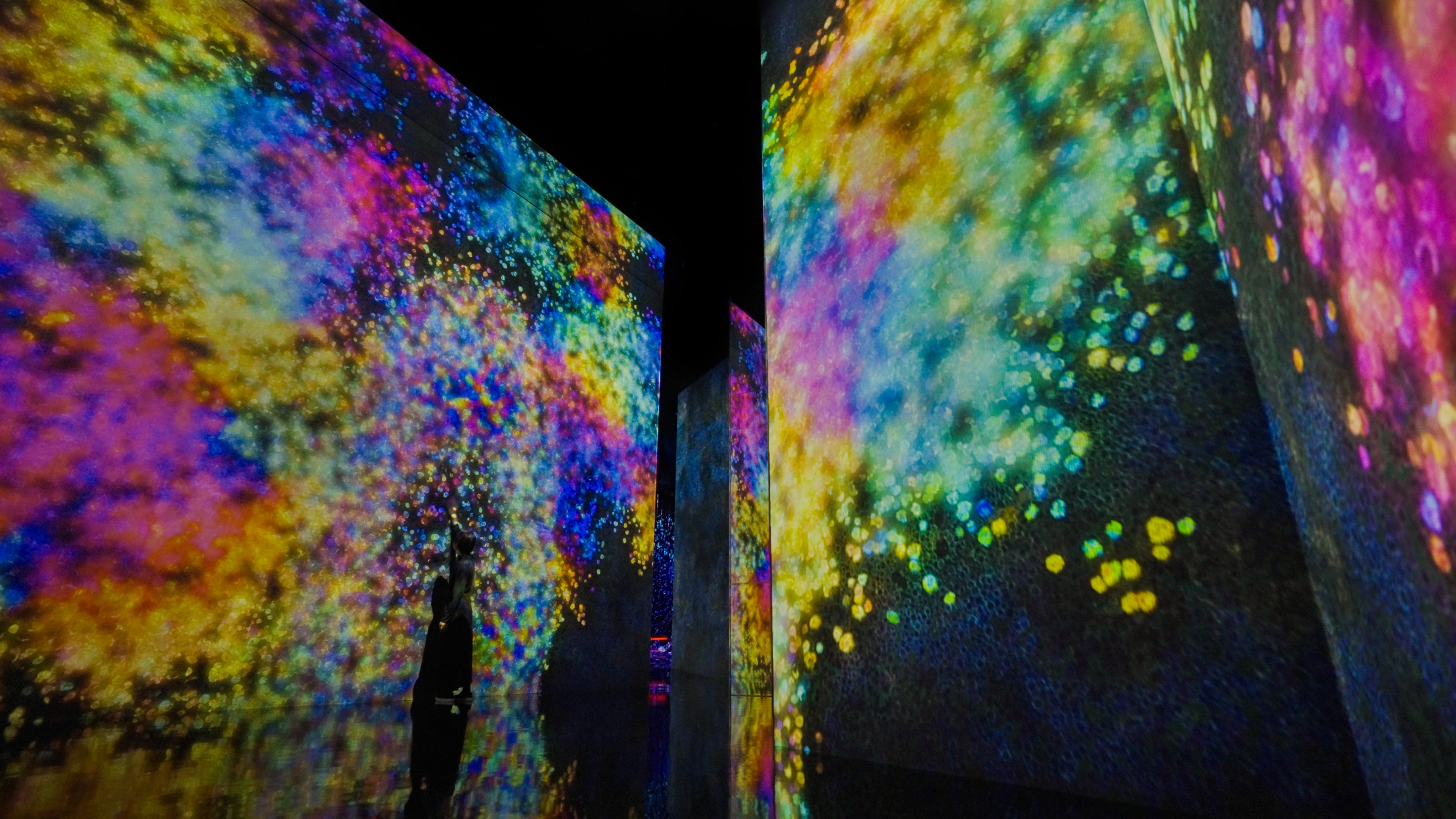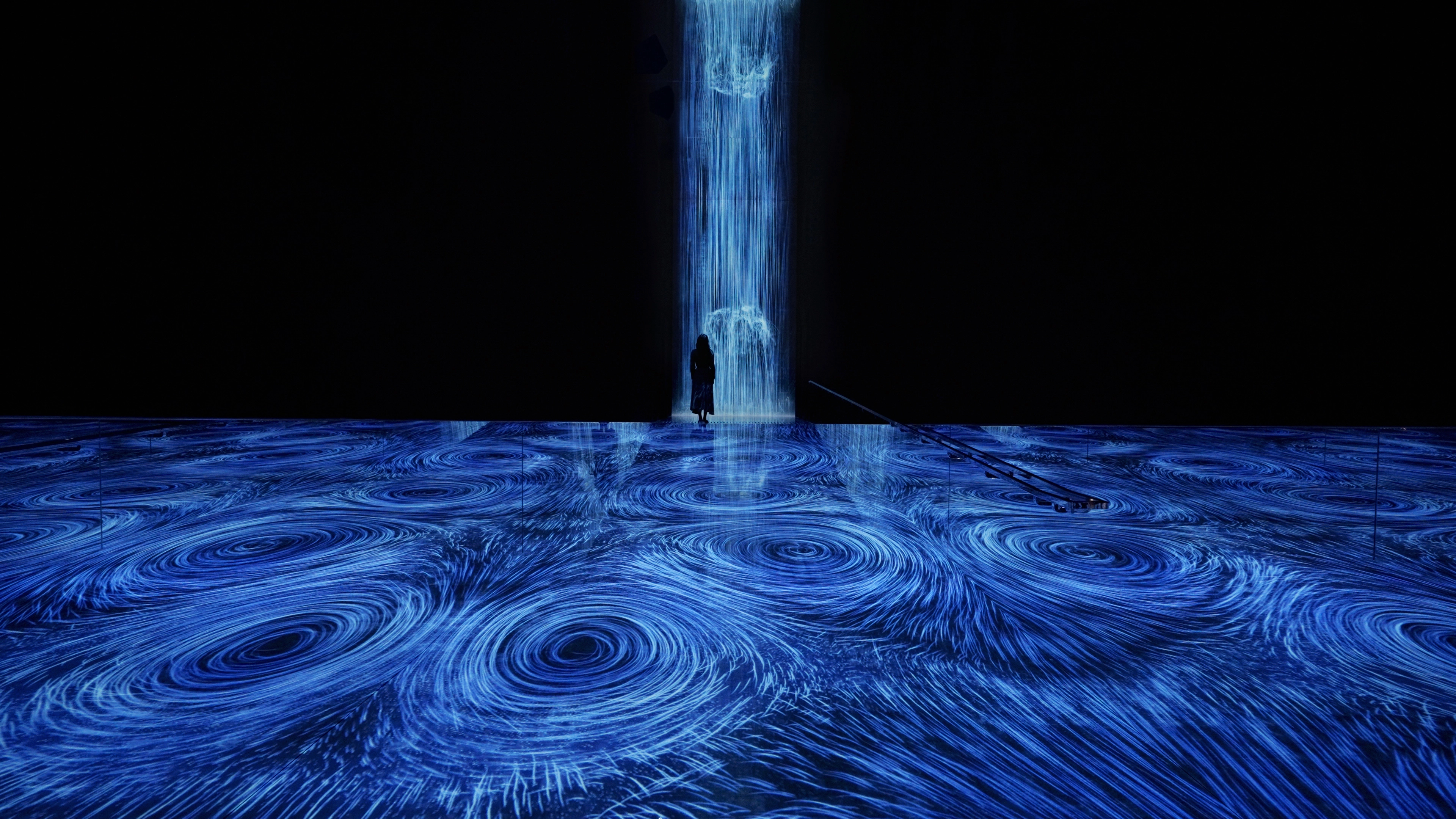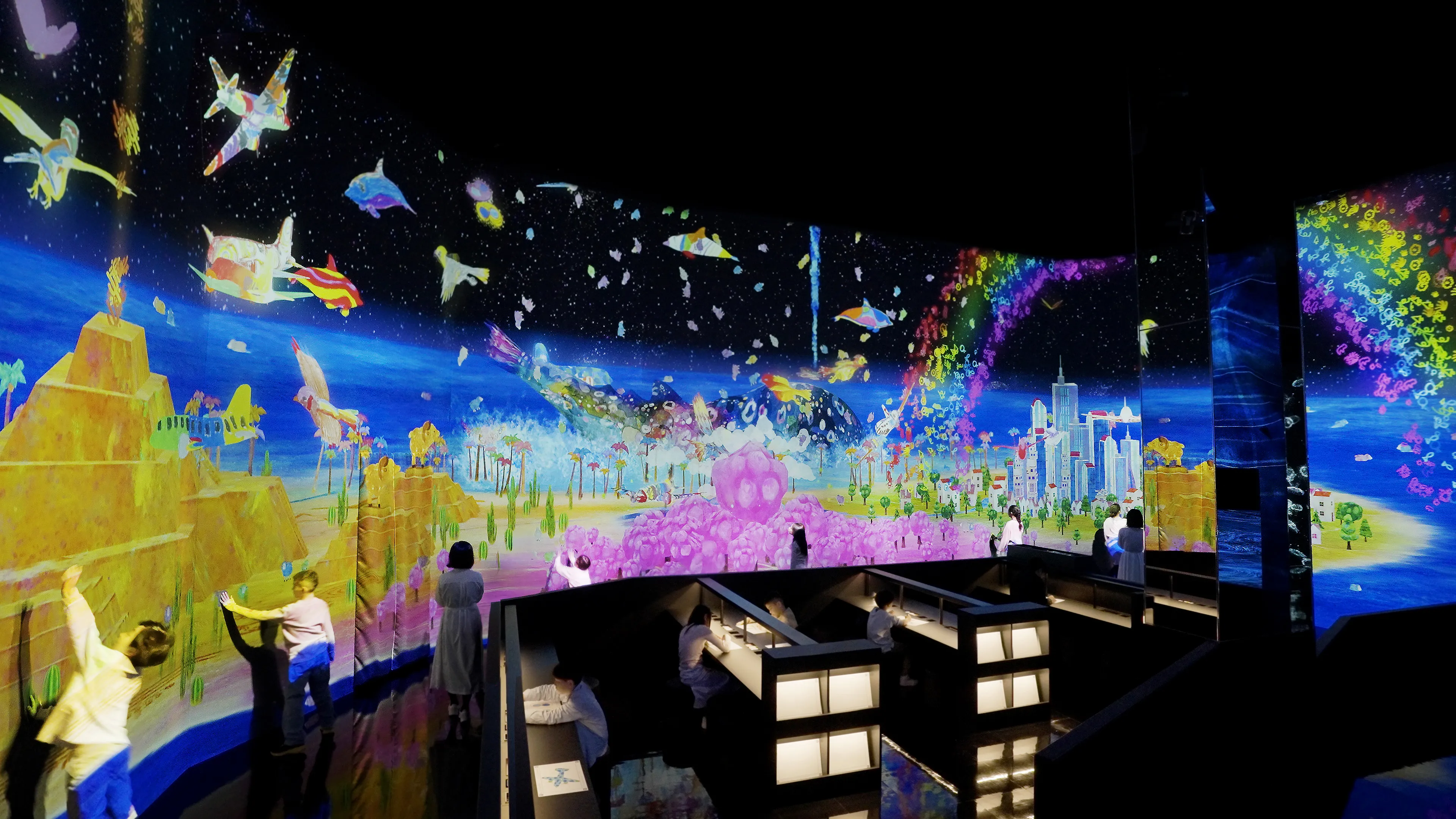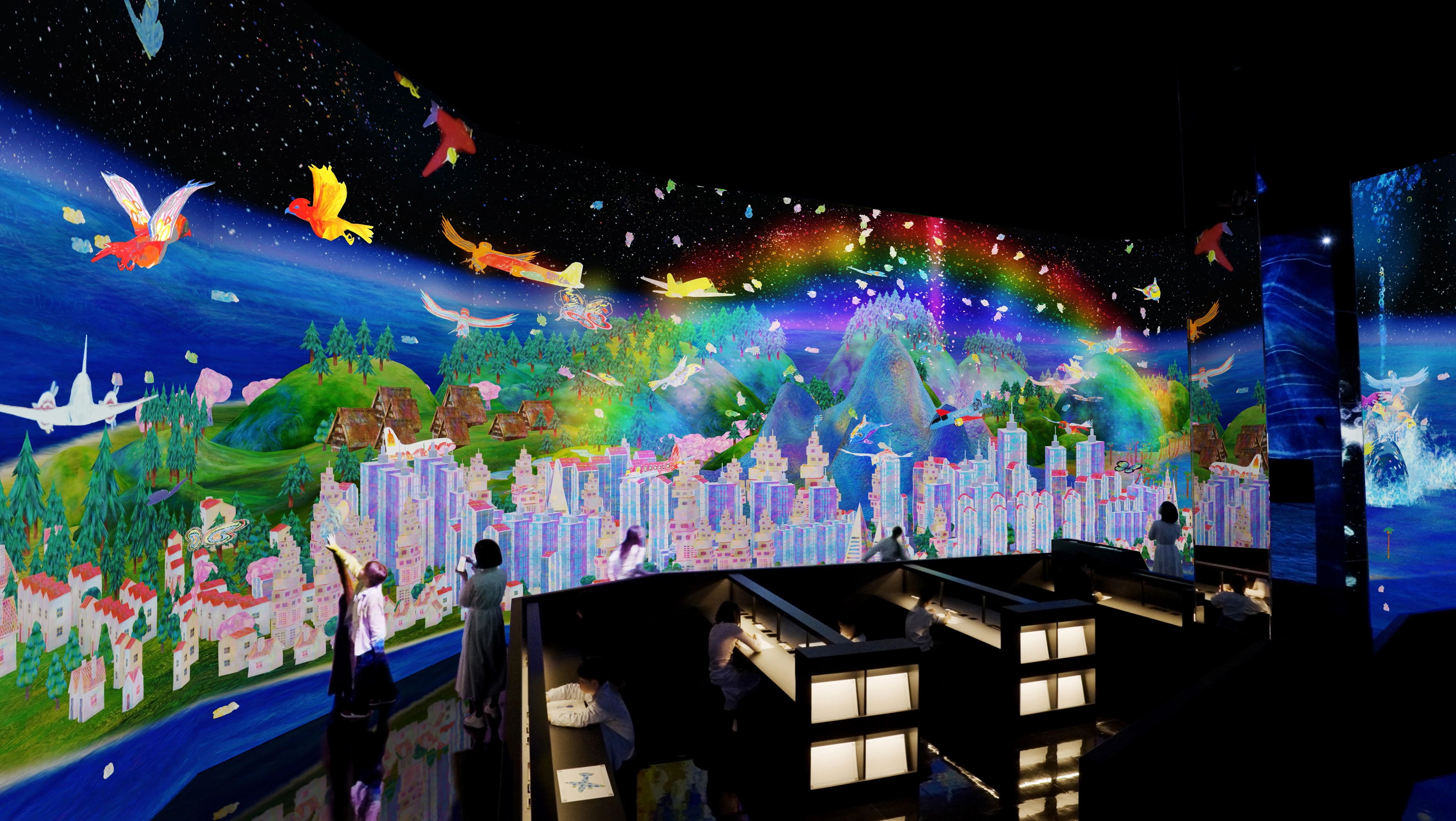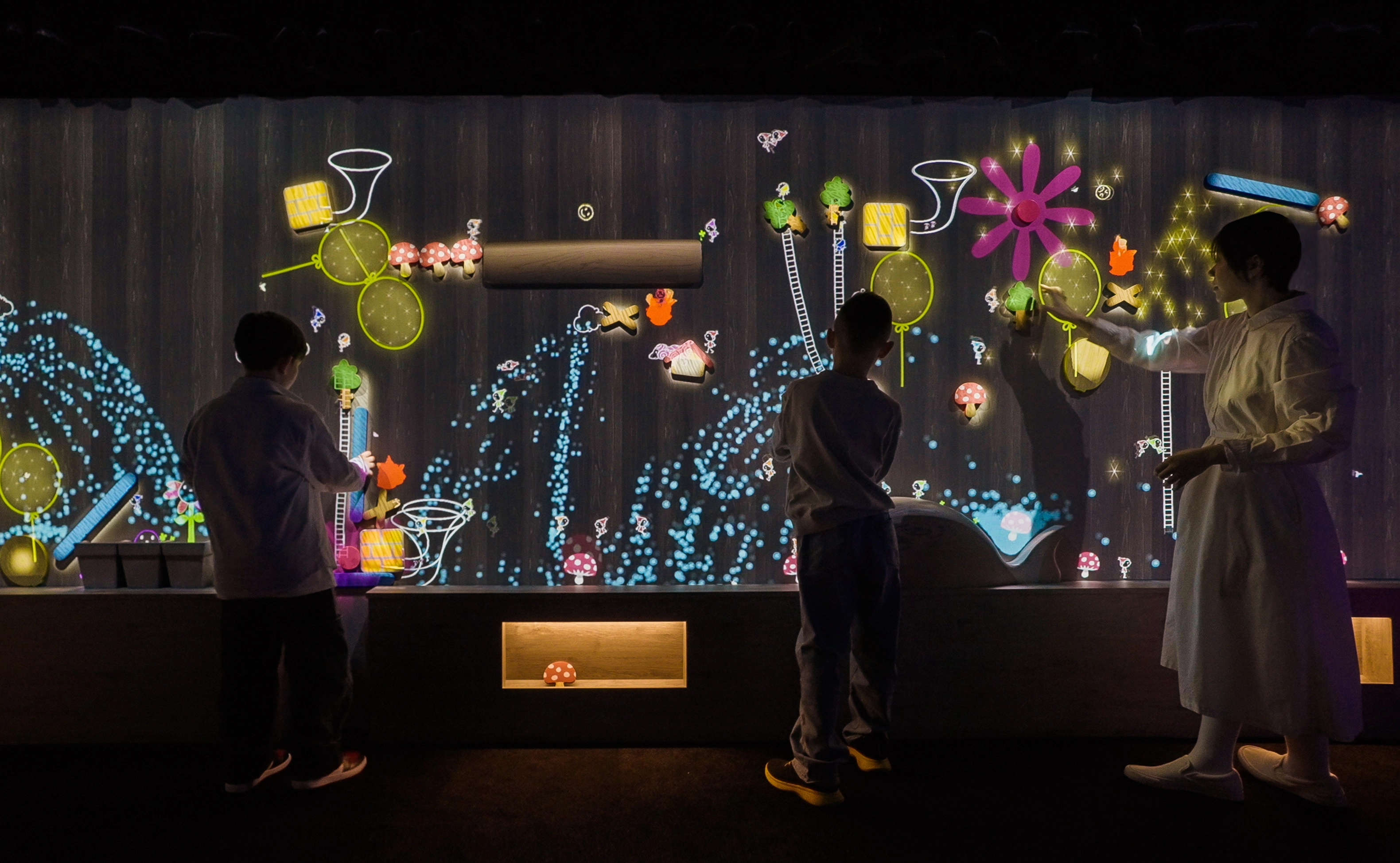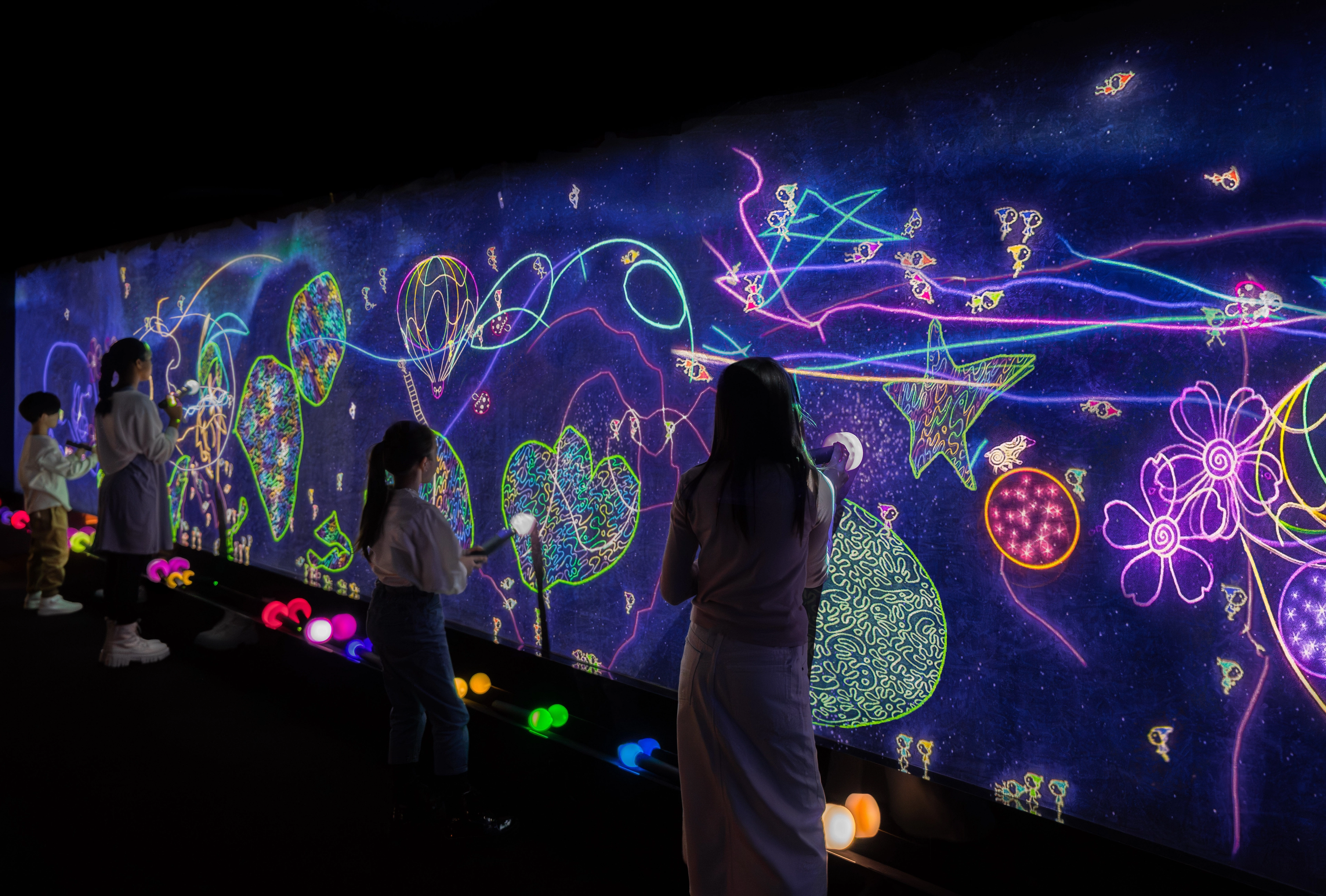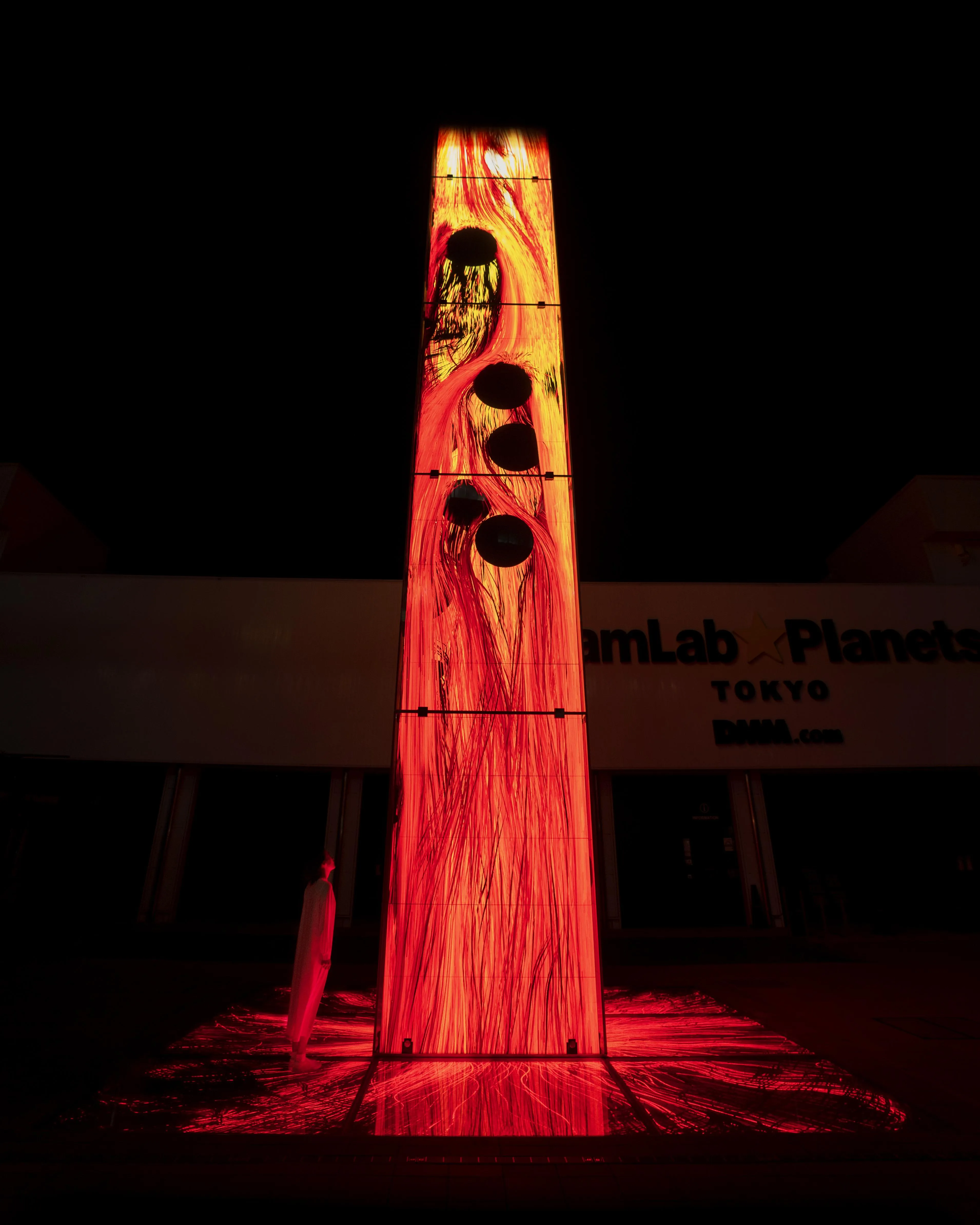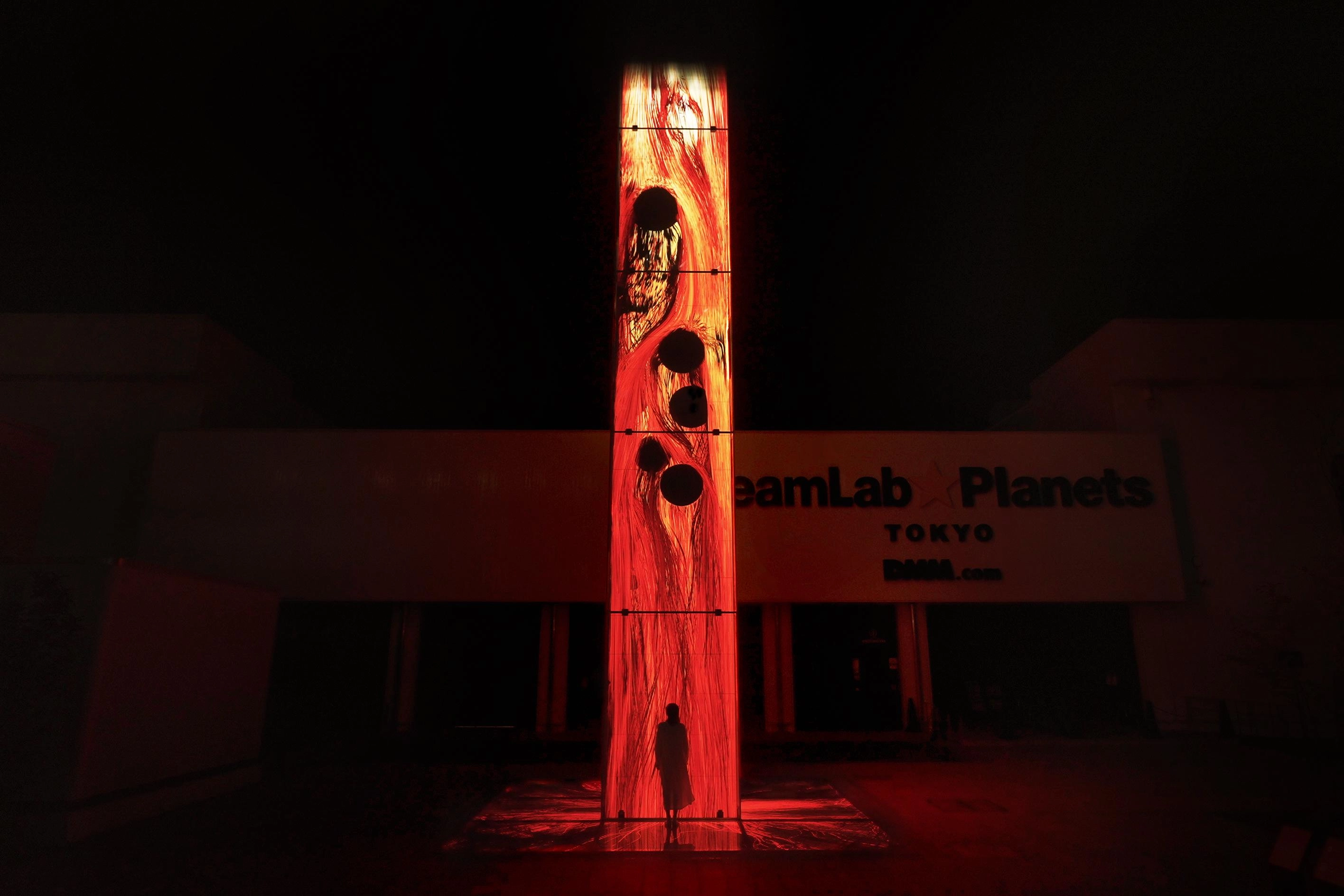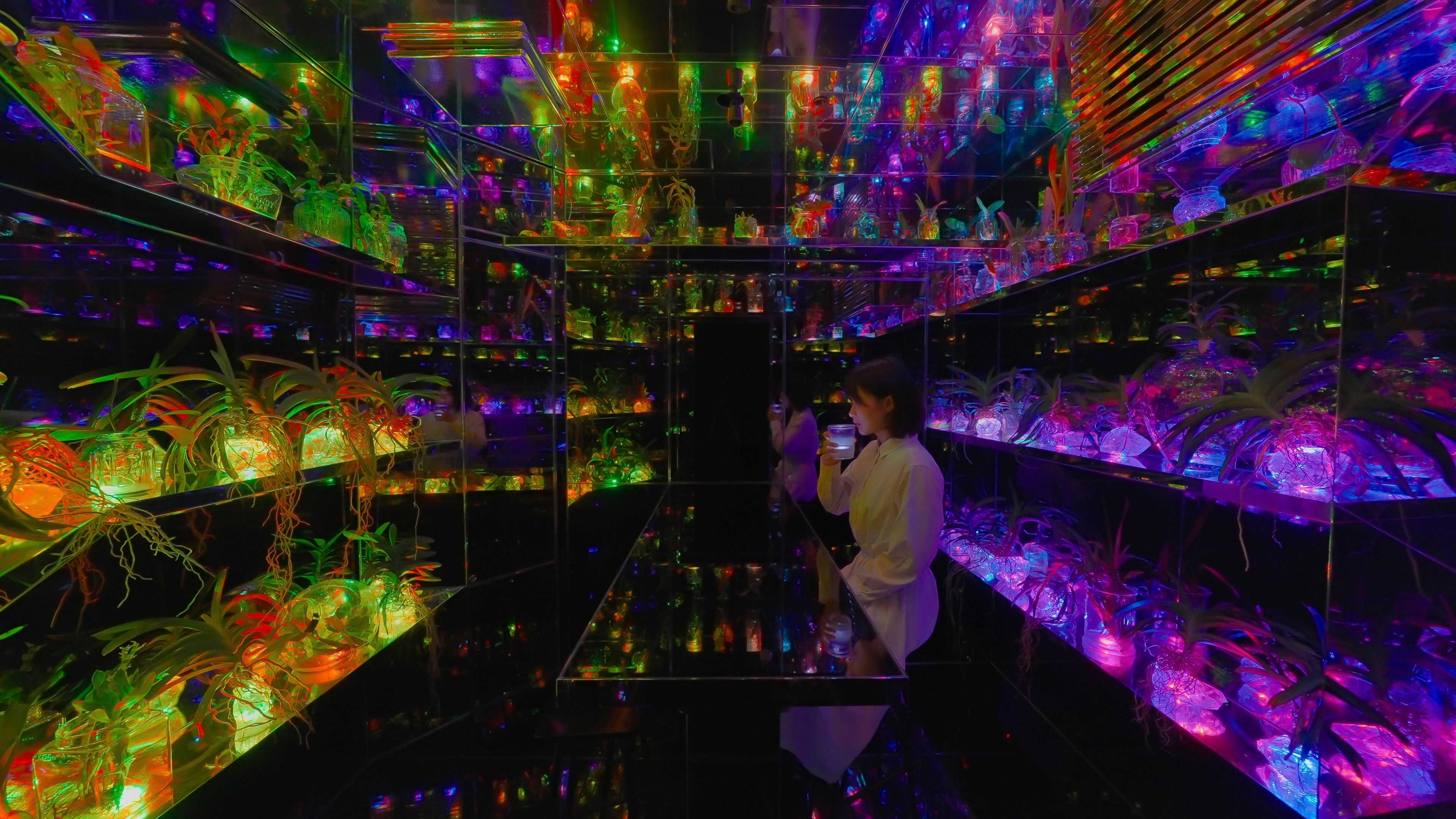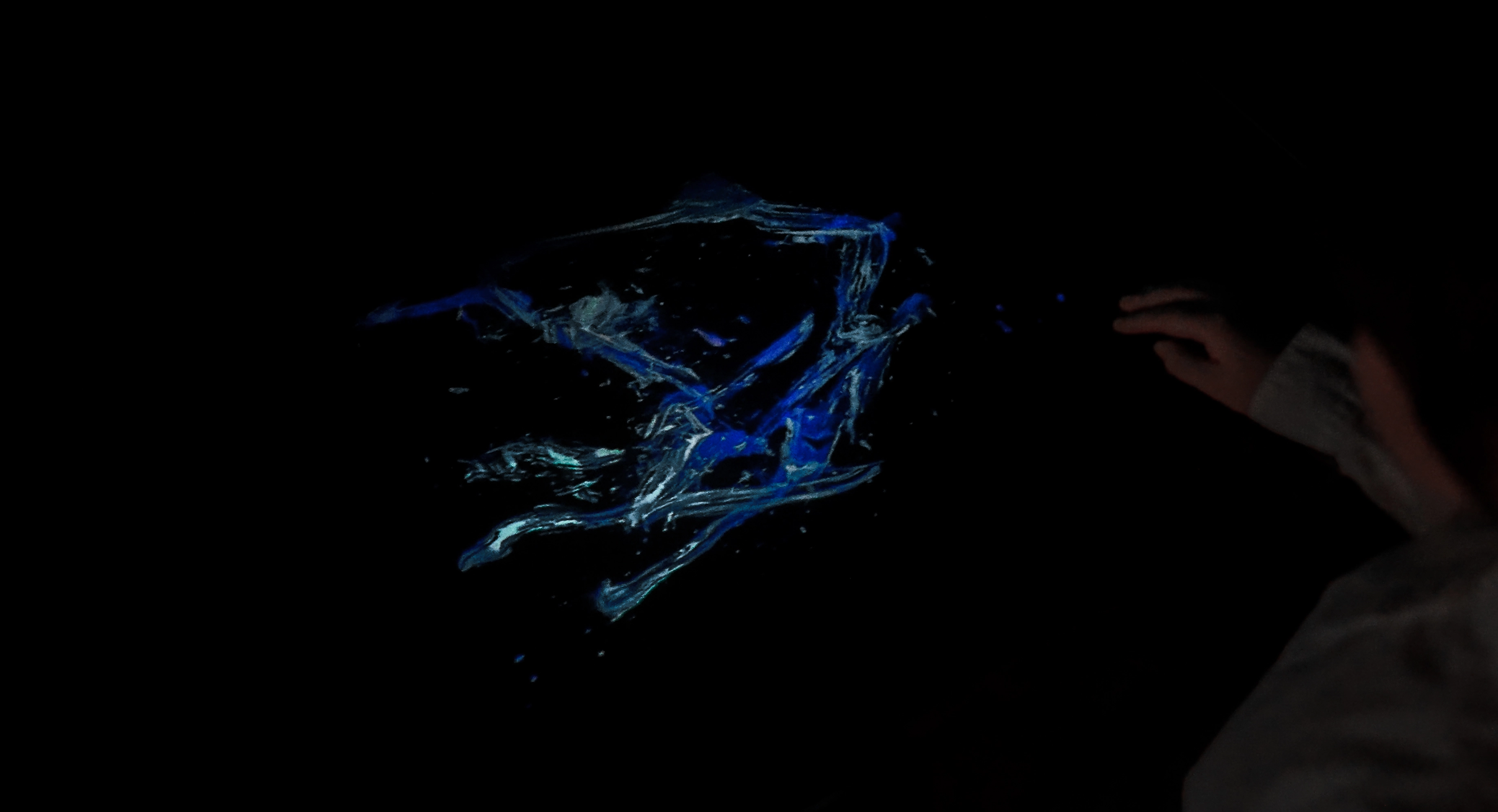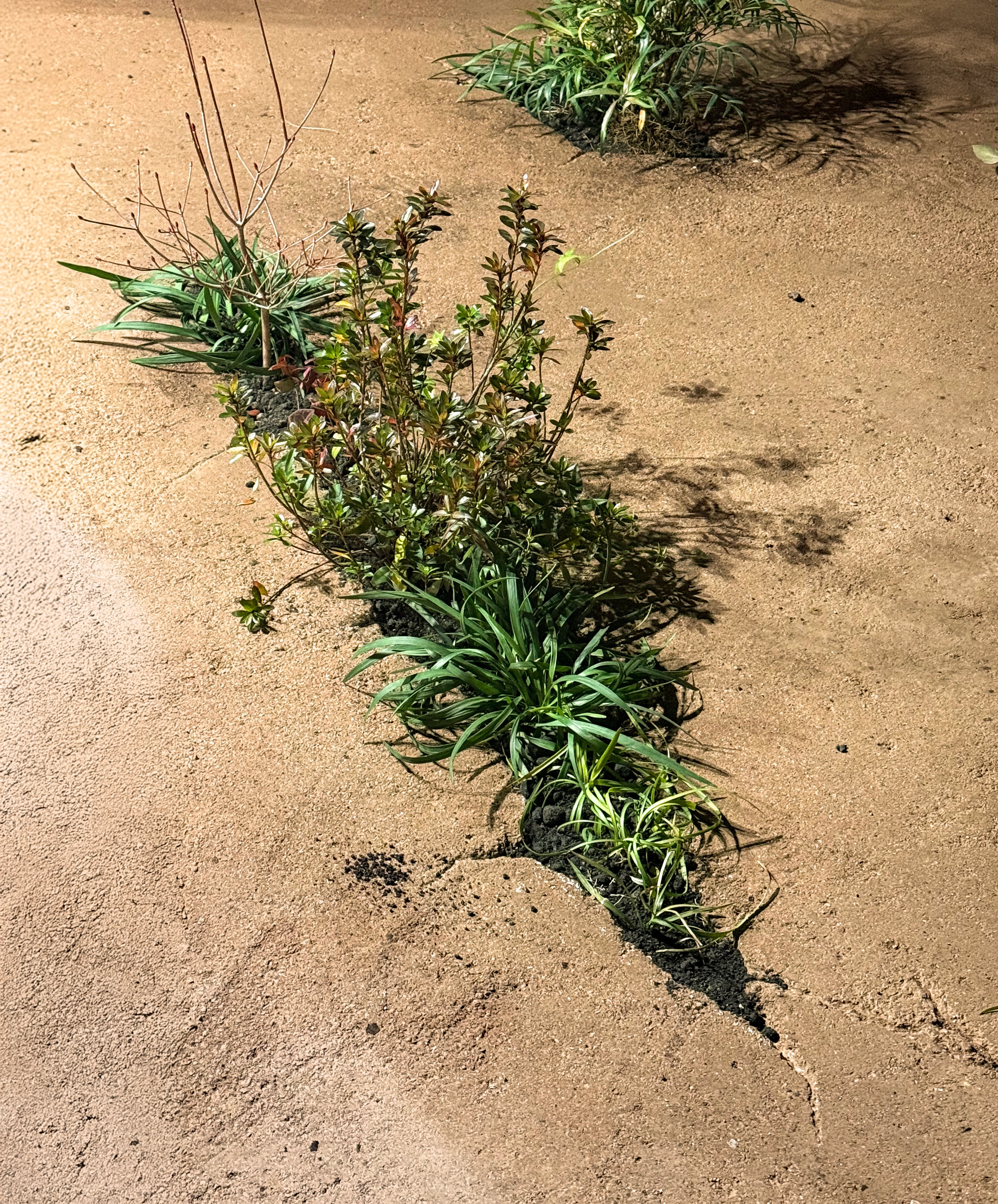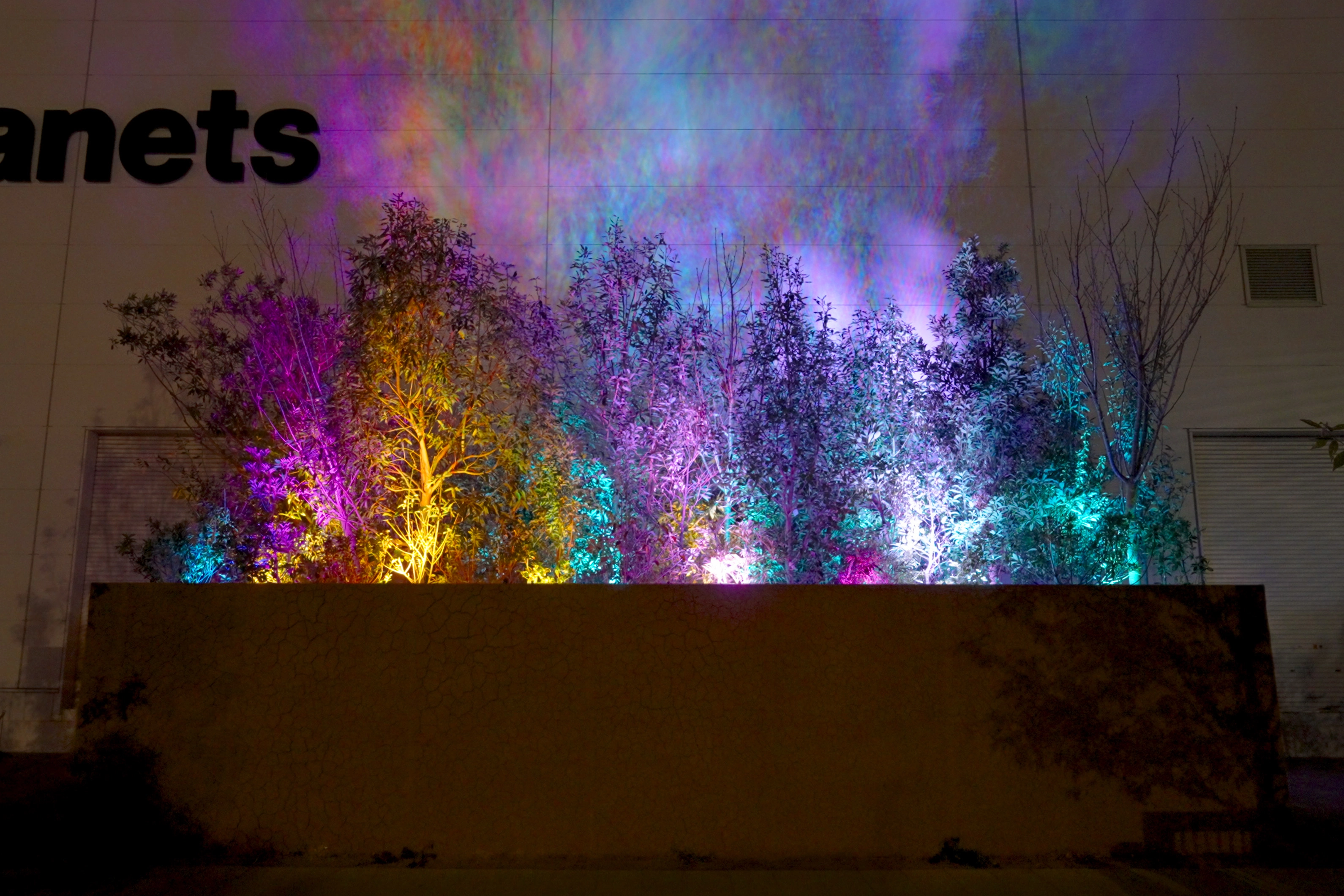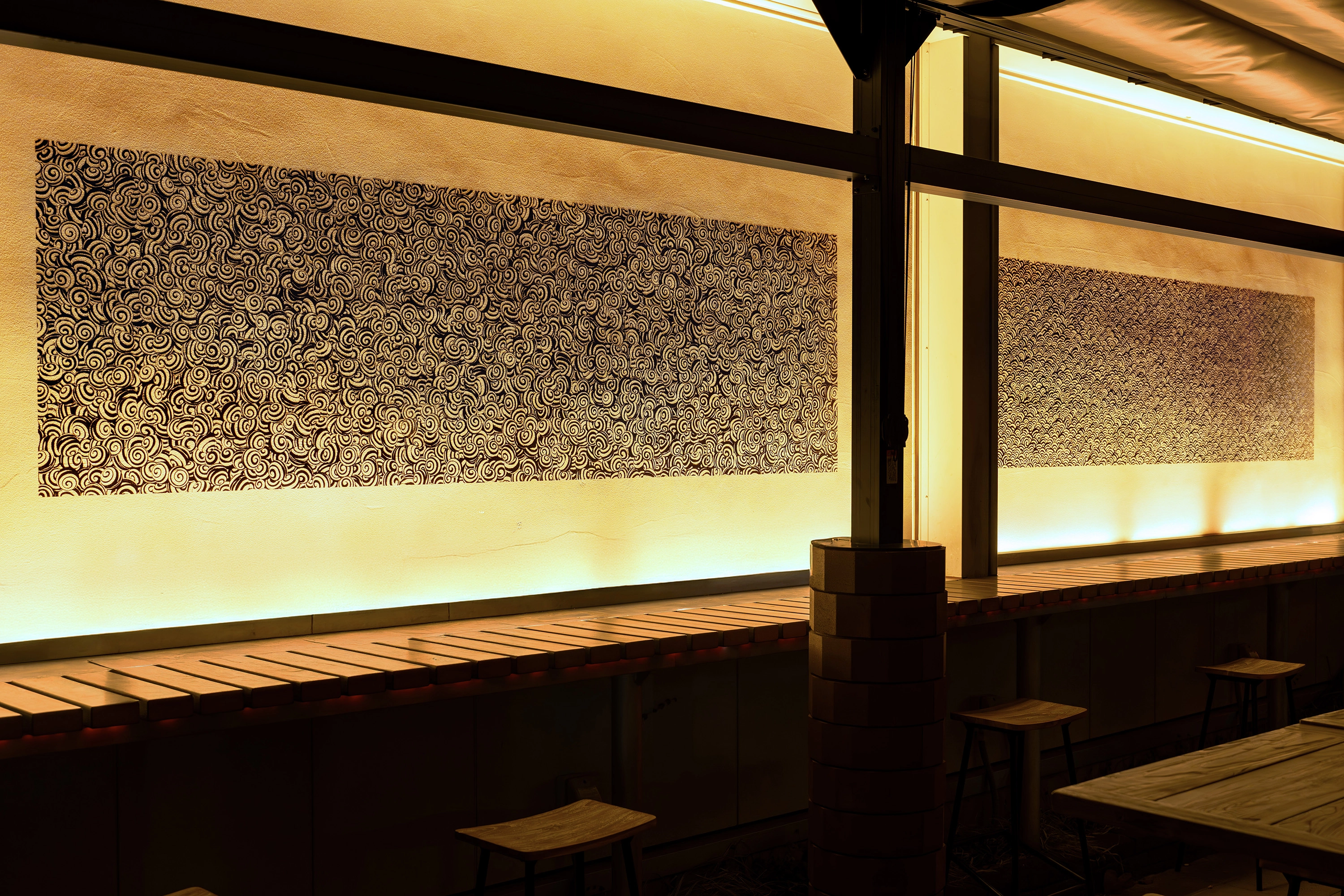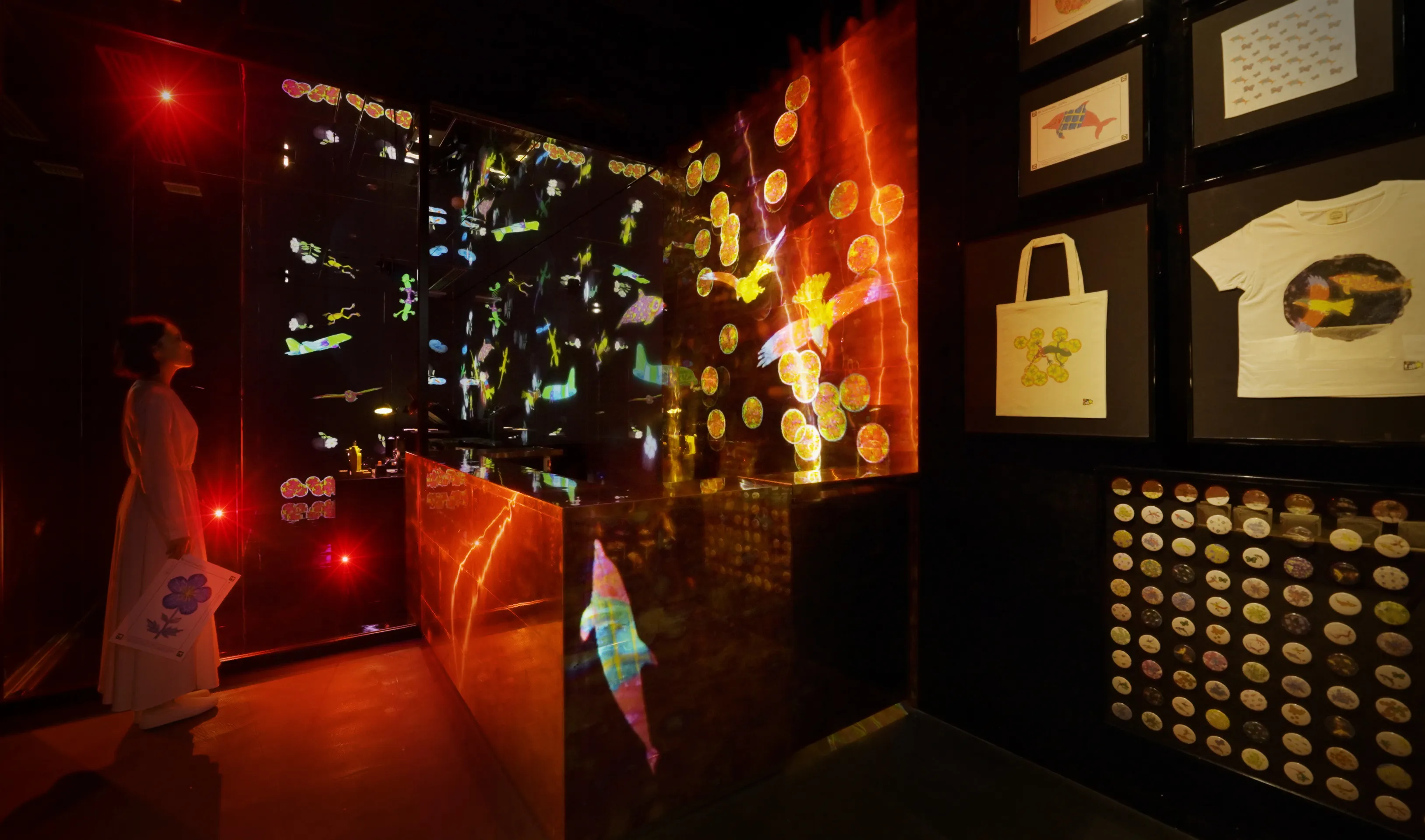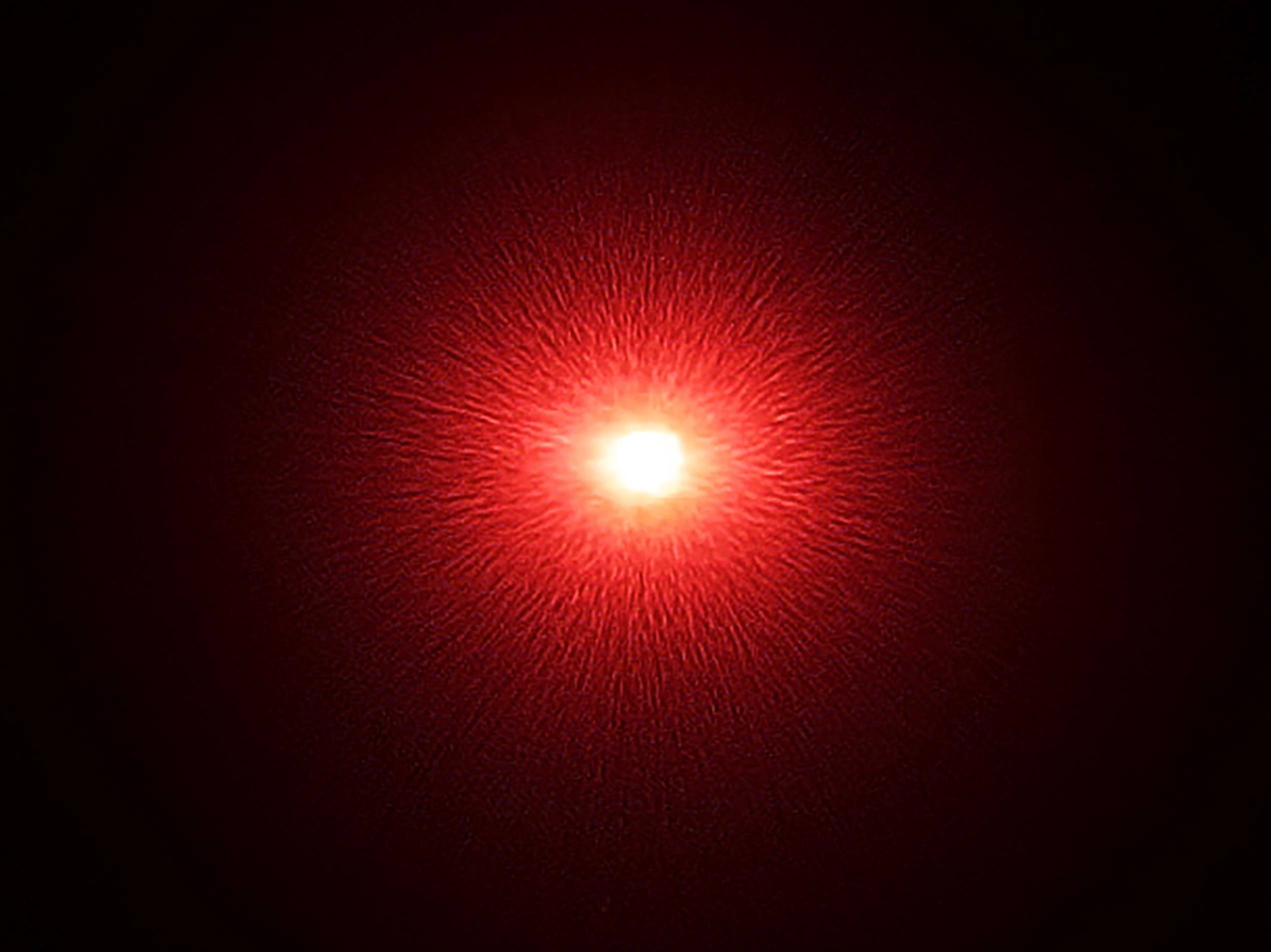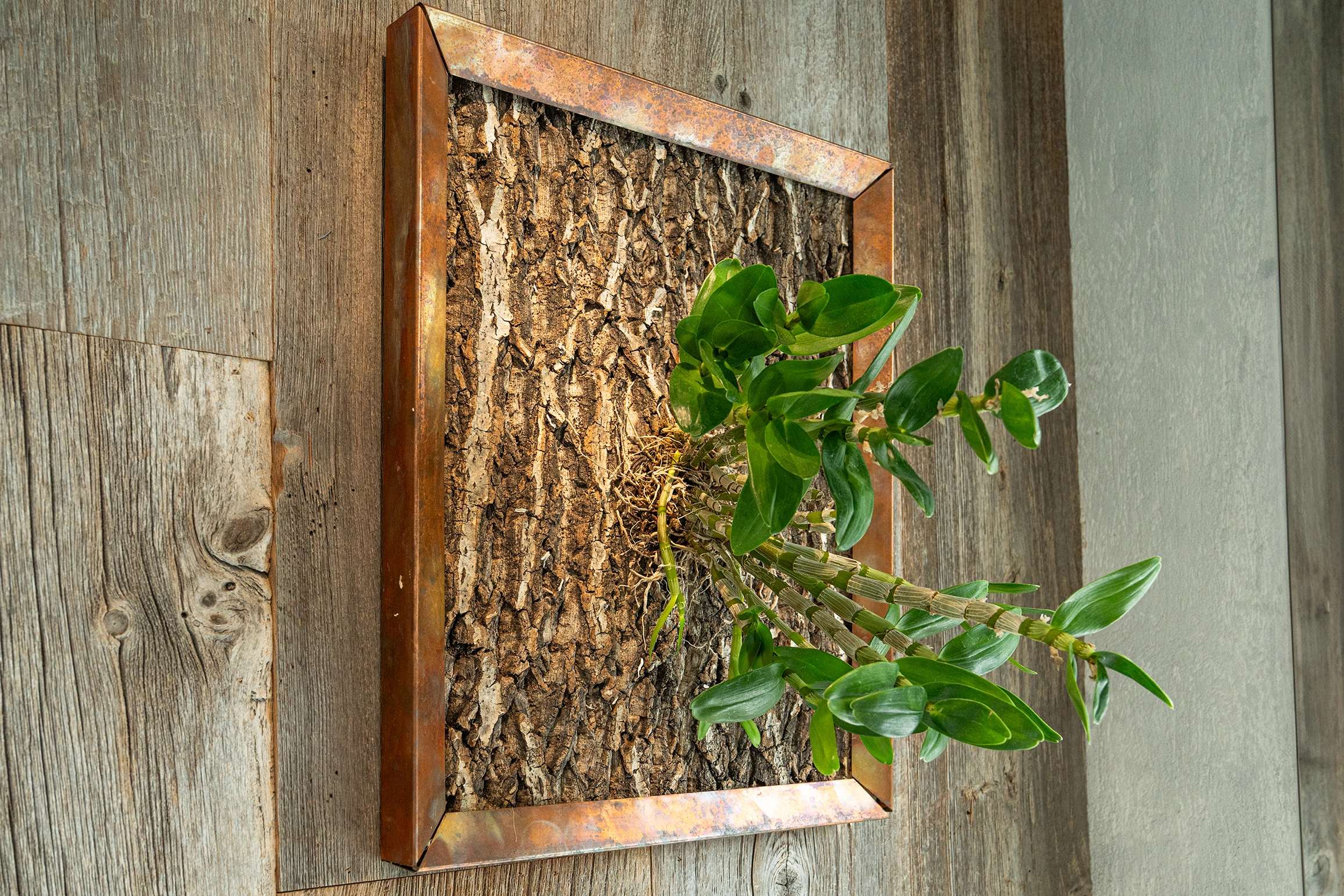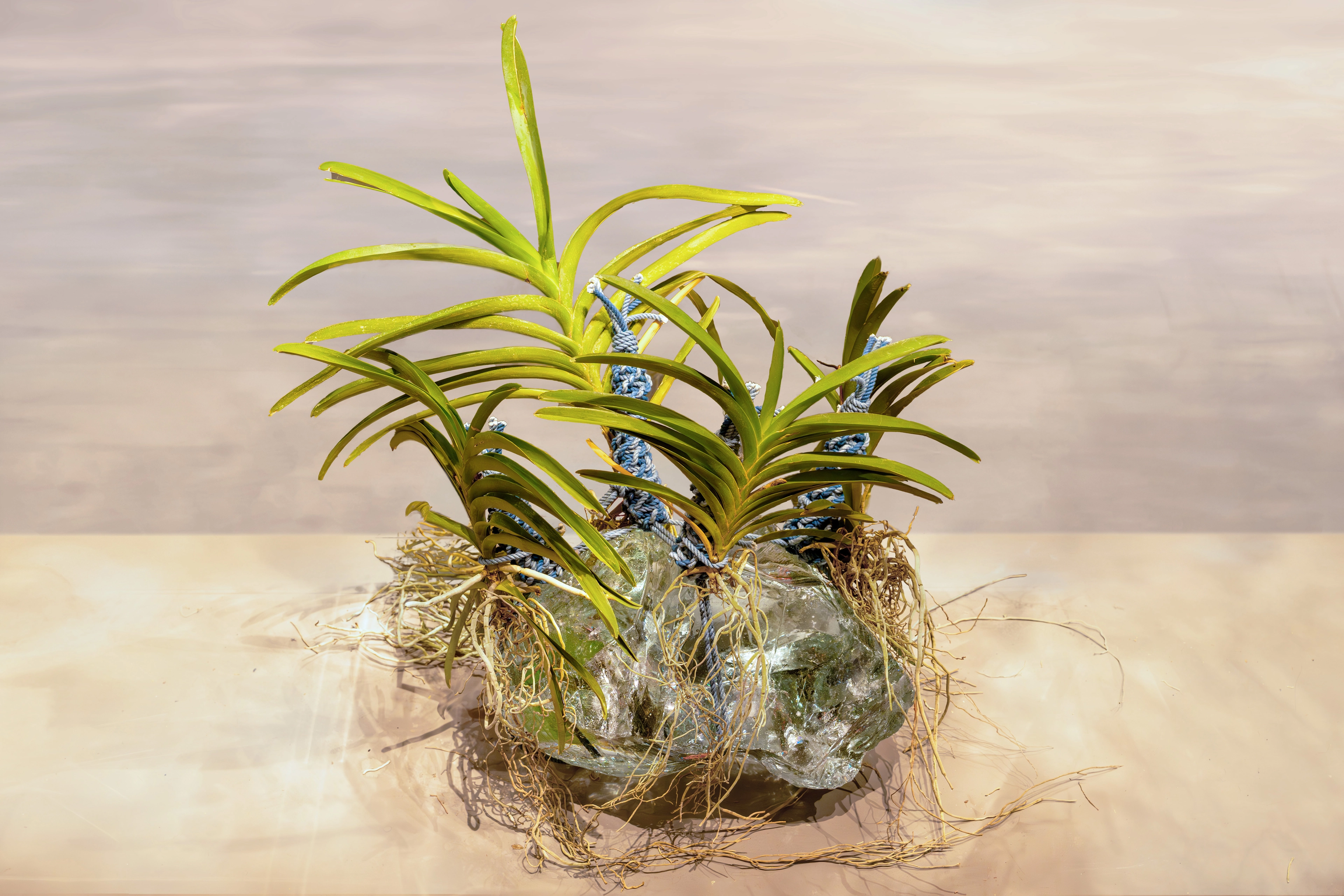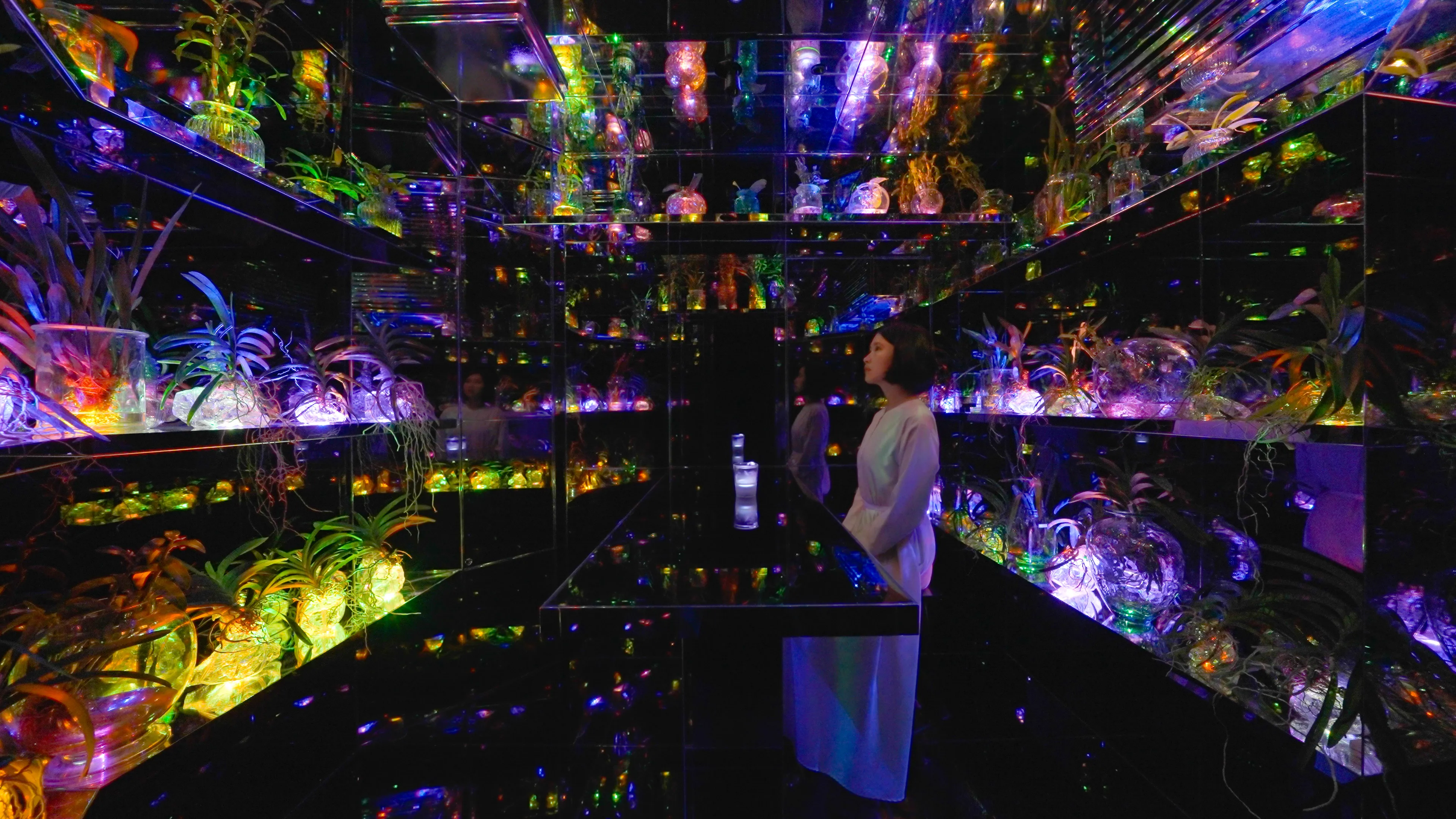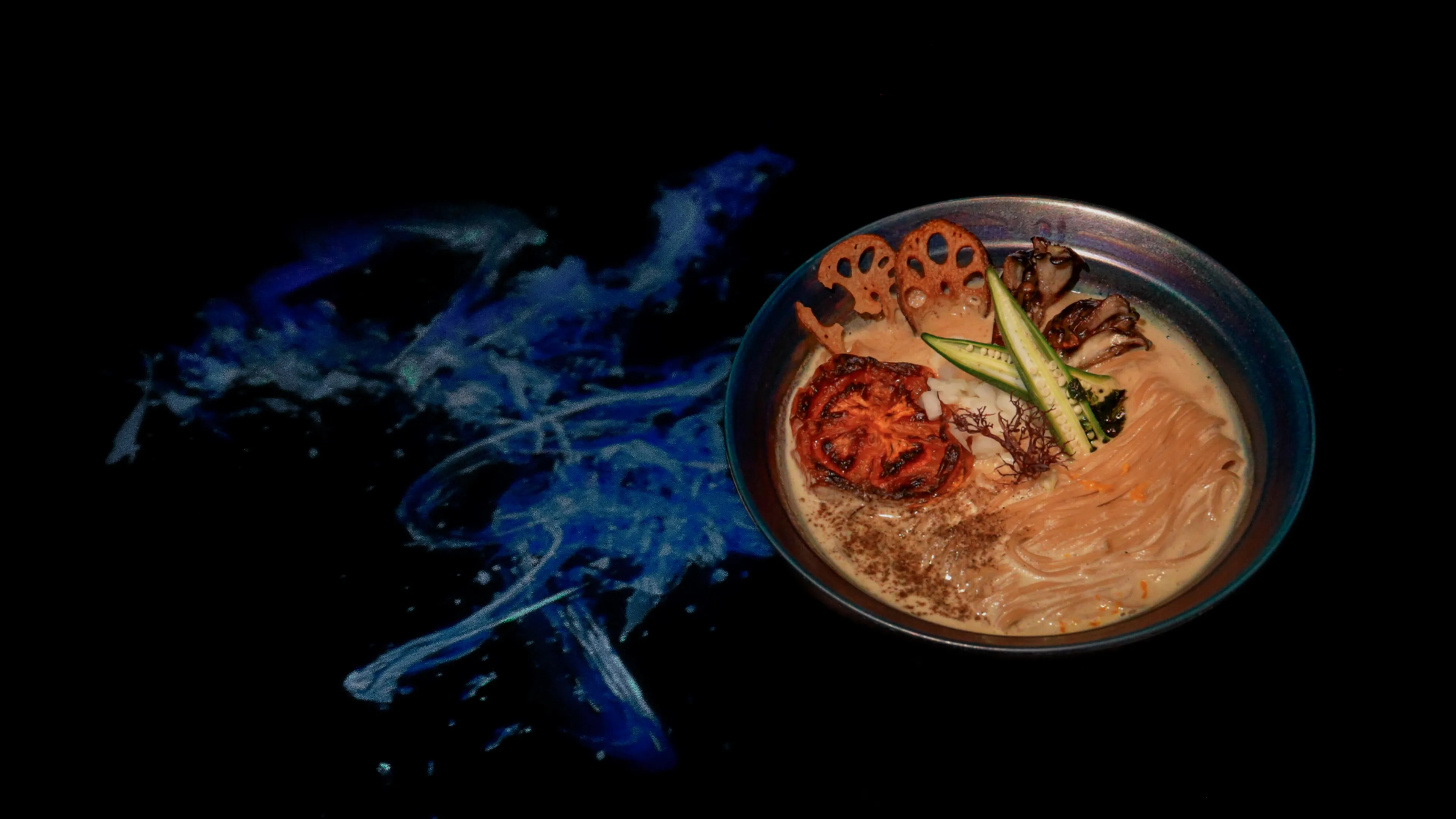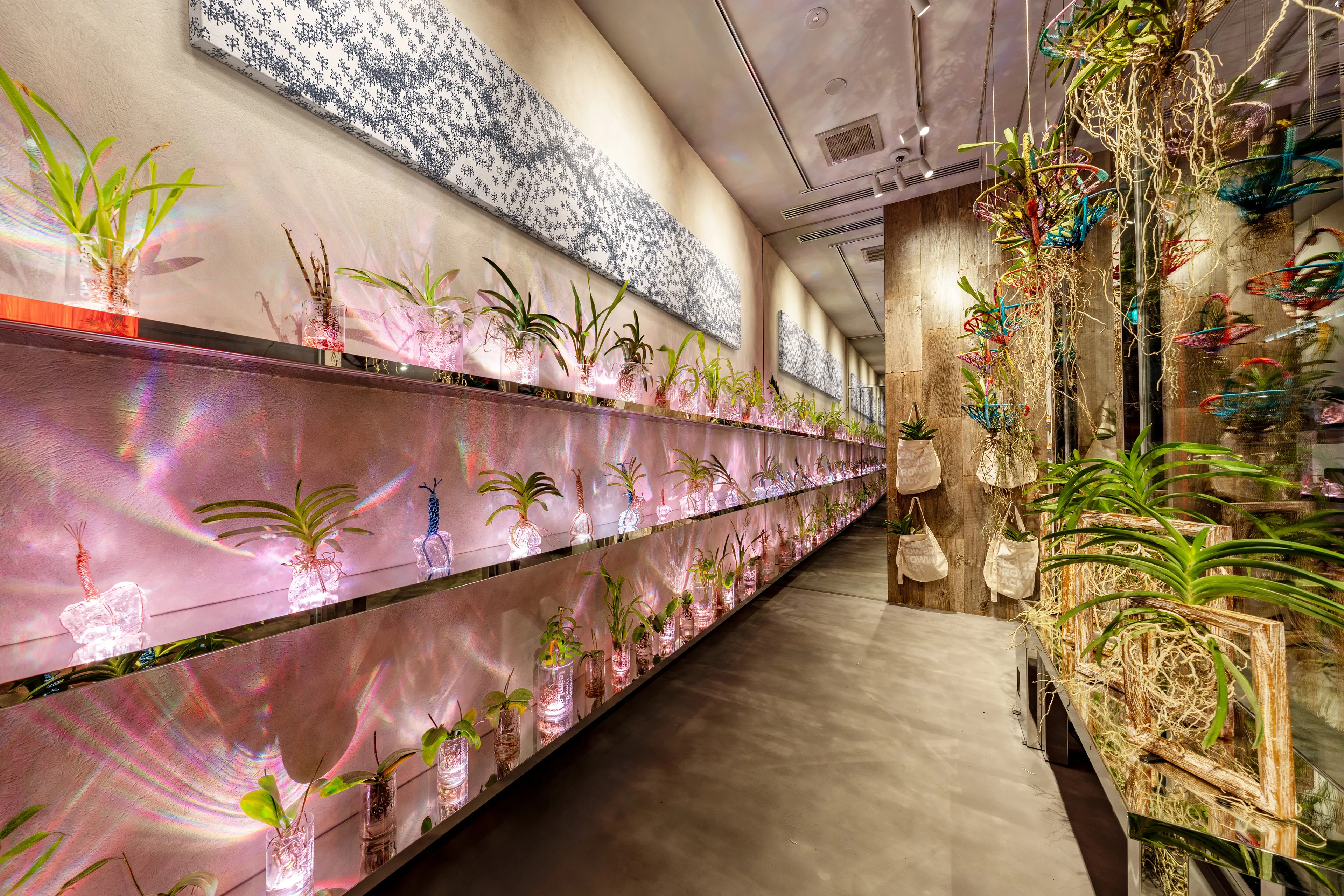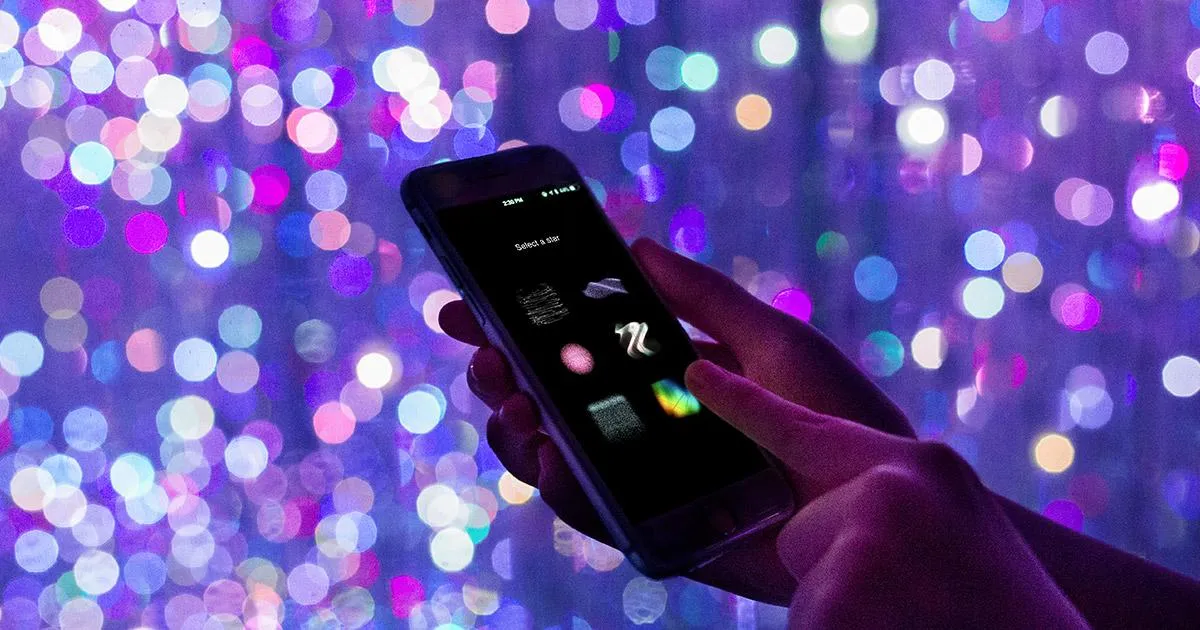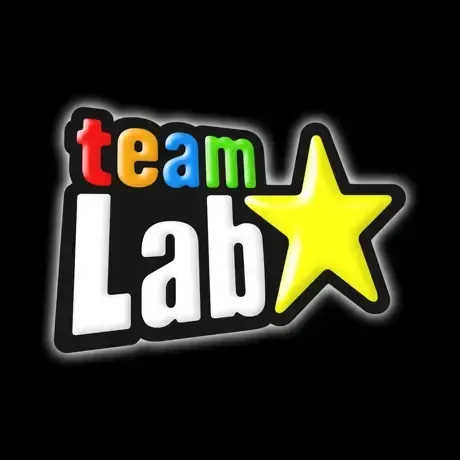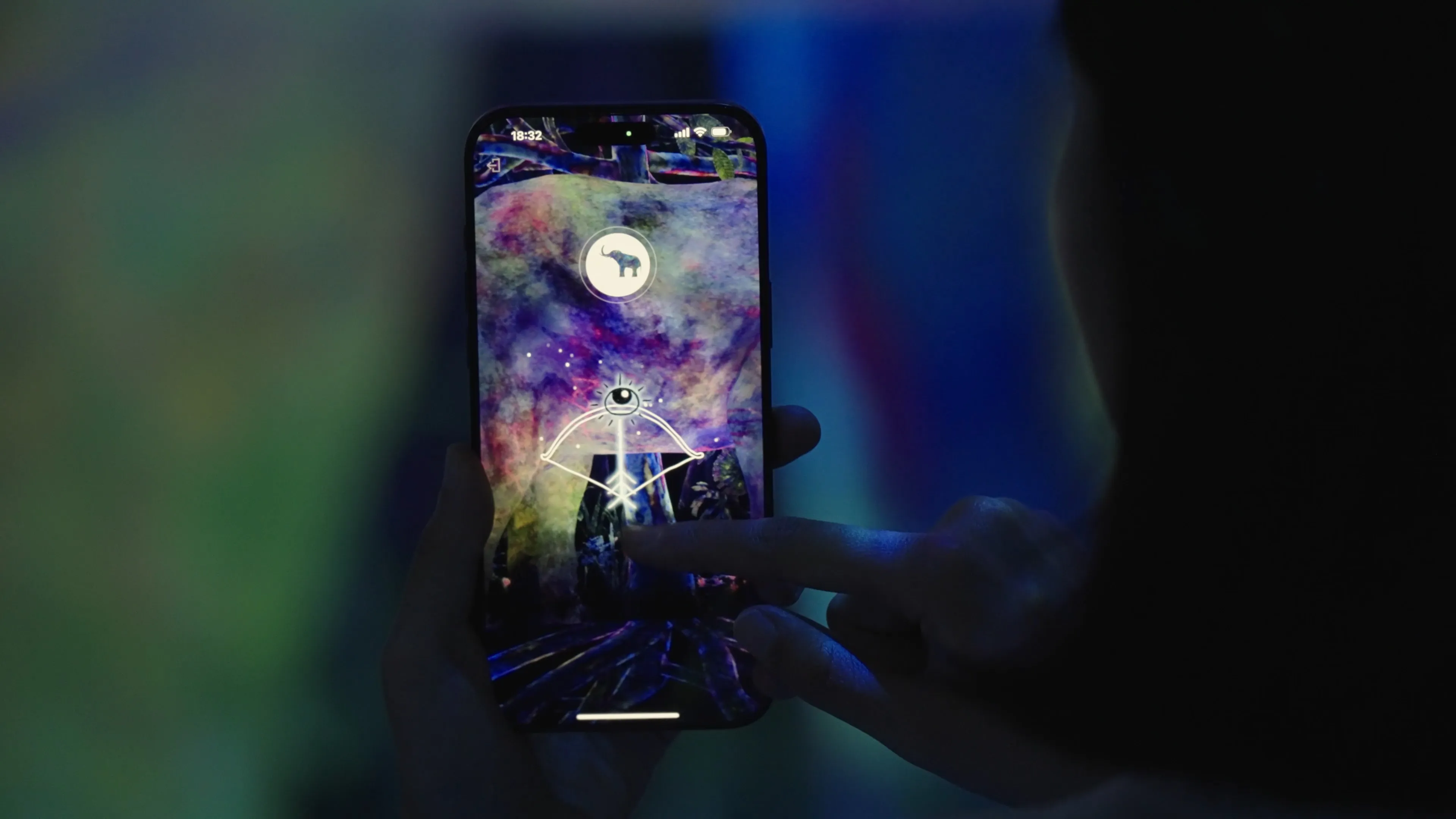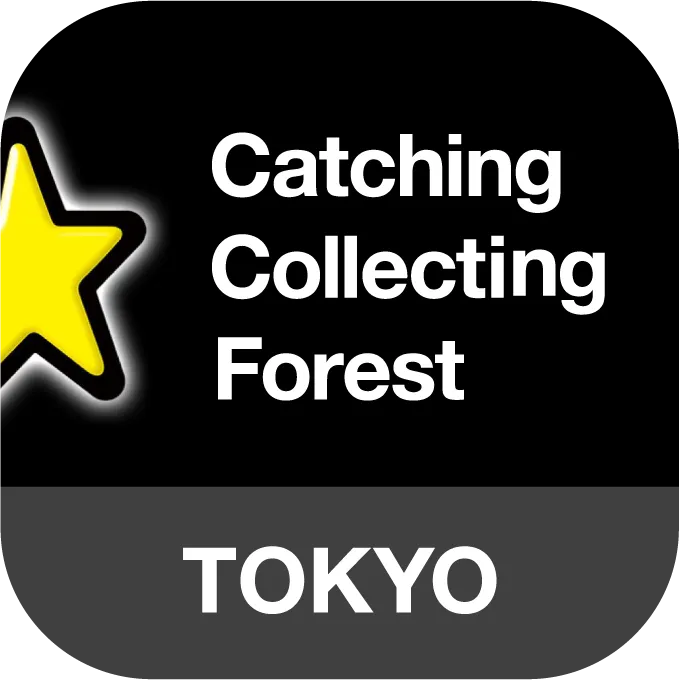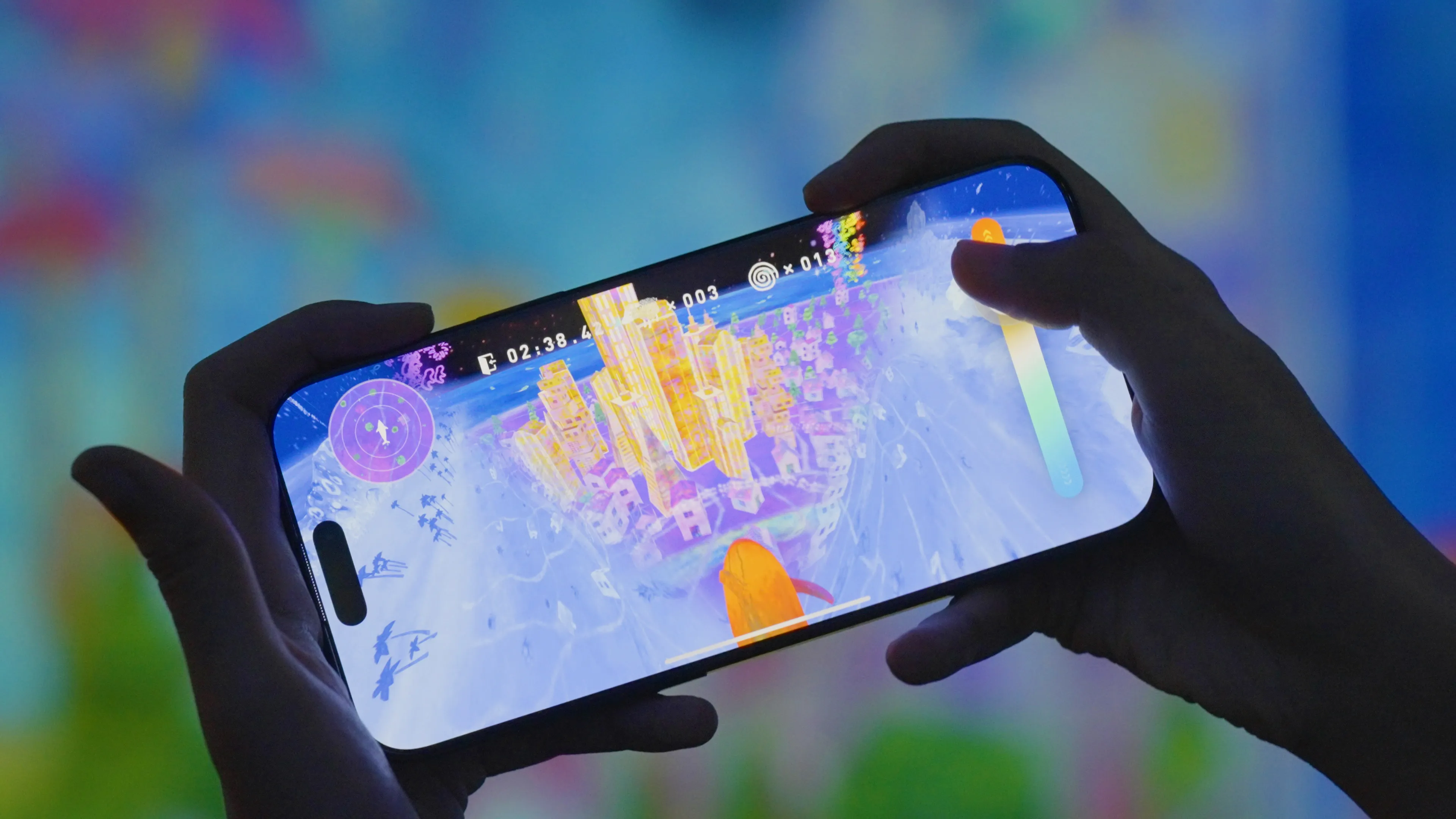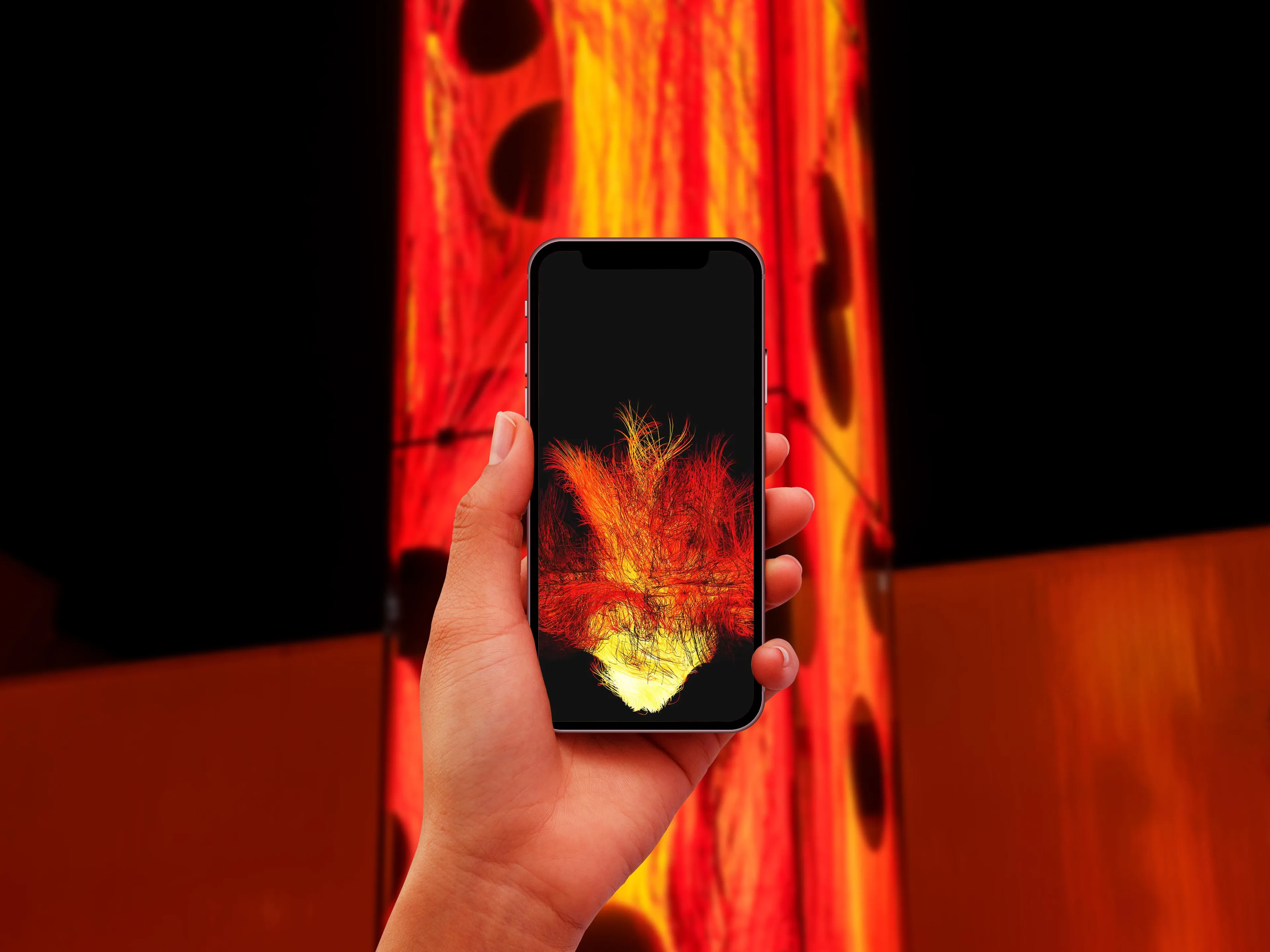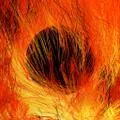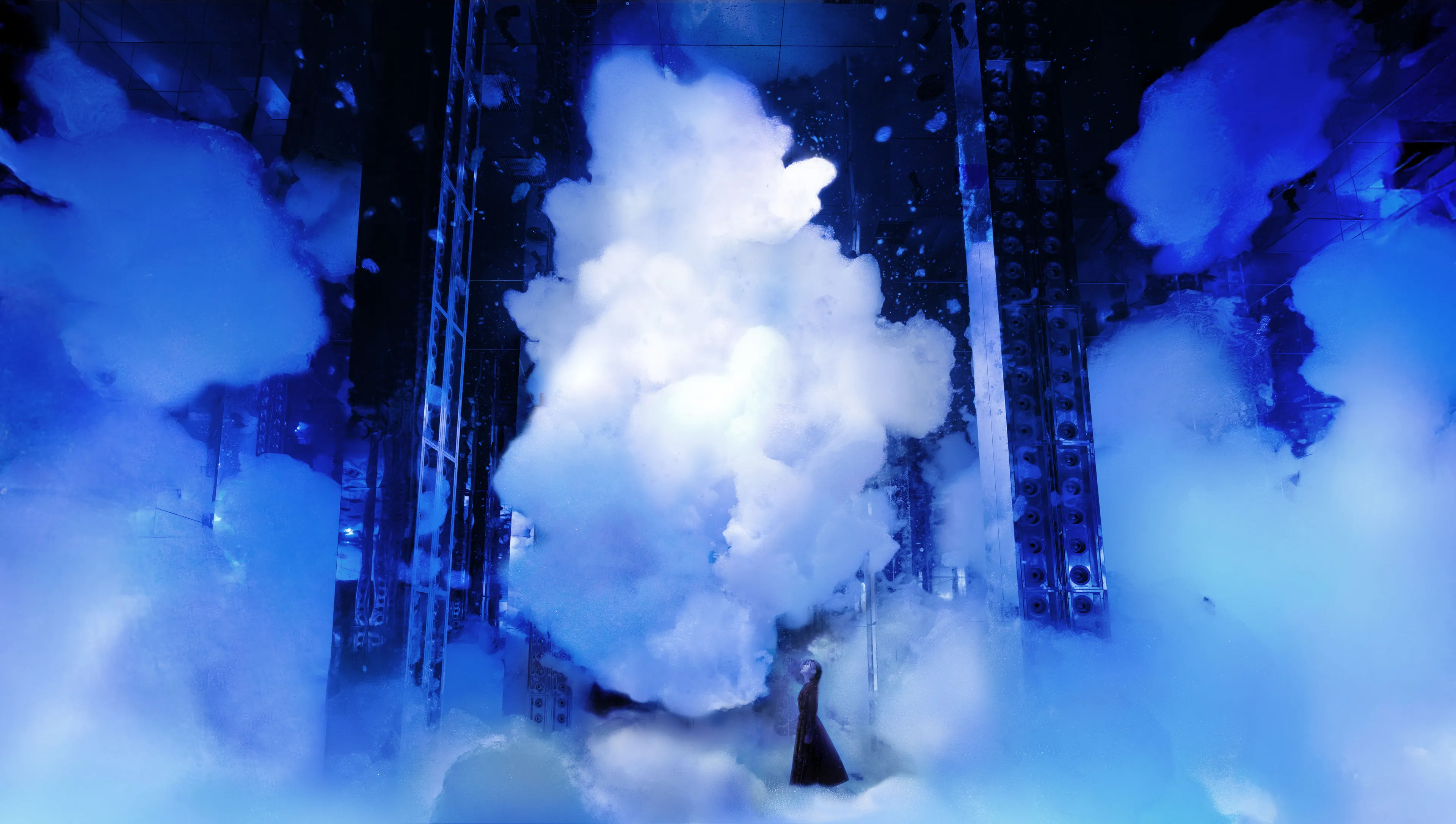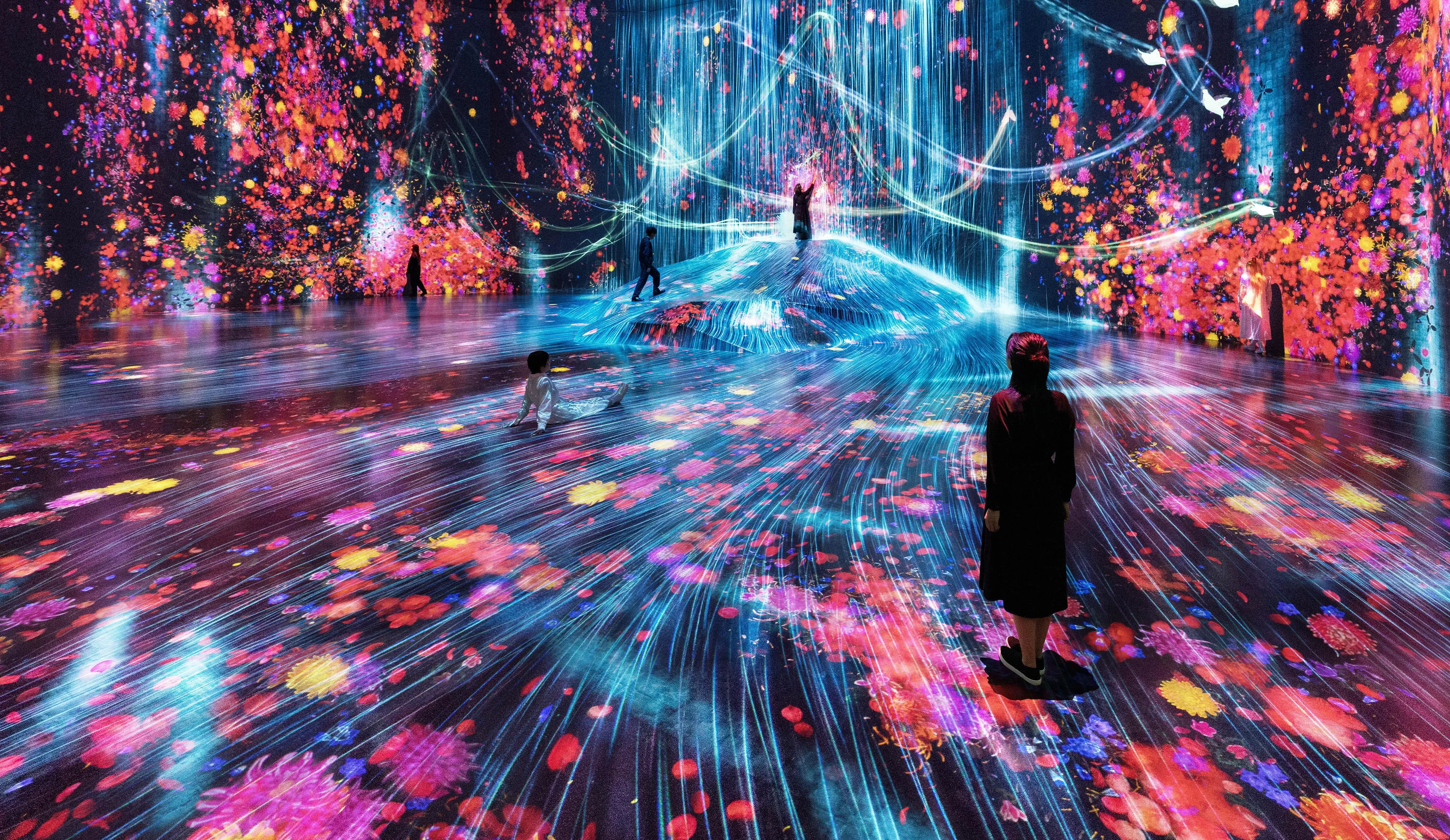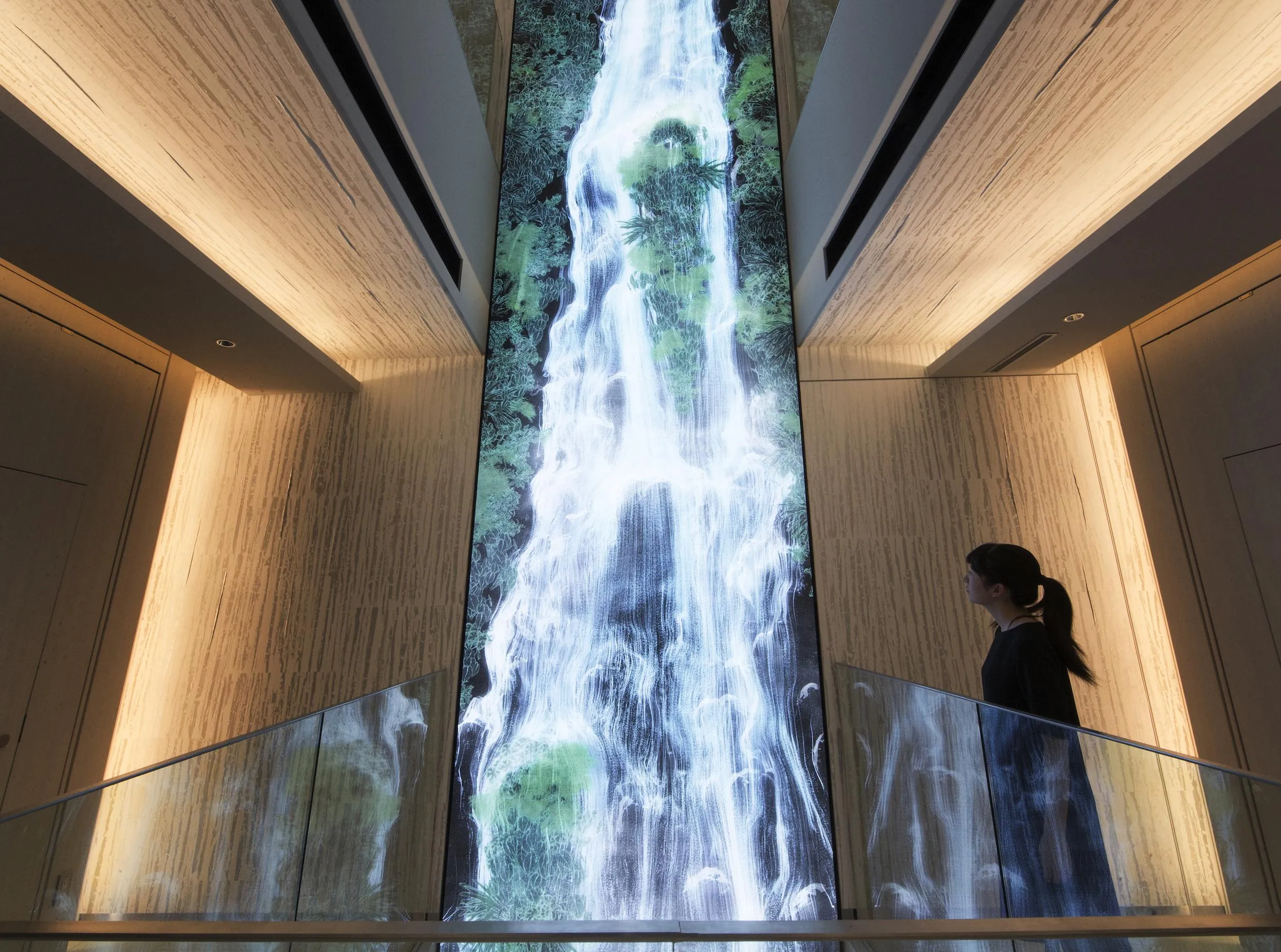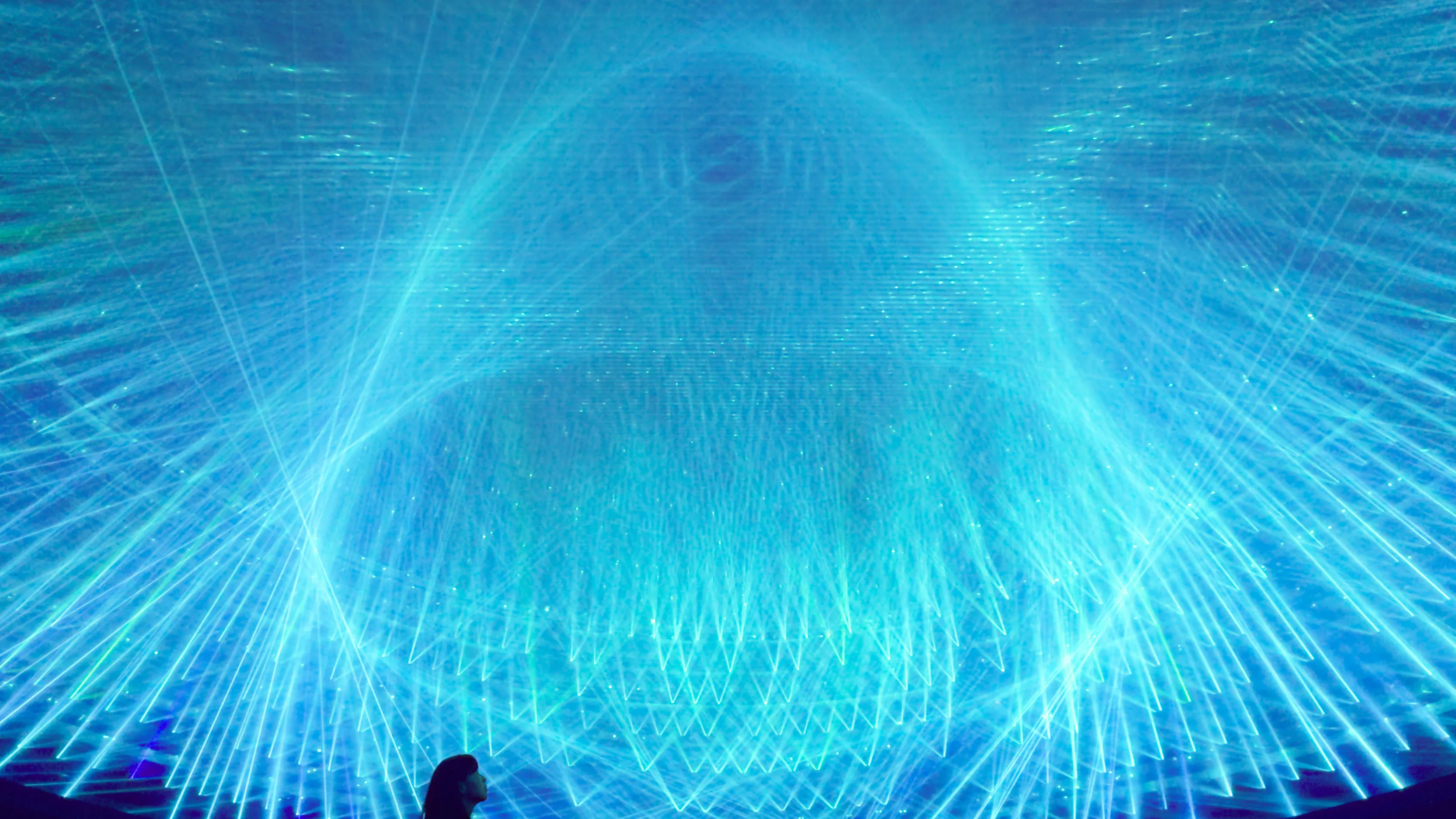[Notes on purchasing tickets]
・Price includes tax.
・You may have to wait 30 to 60 minutes to be admitted to the venue.
・Tickets cannot be cancelled or refunded once purchased.
・We can ask you to present your ID if you bought ”Junior high school students / High school students” ticket.
・Resale of tickets is prohibited, and visitors cannot enter with a ticket purchased through resale. The museum will not be held responsible in such cases.
[Important]
Tickets and admission
・Please arrive at the venue and line up in the entrance line in time within the time stated on the ticket.
・The time stated on the ticket is not the staying time in the venue.
・Tickets purchased through the teamLab Planets TOKYO Ticket Store can be changed up to 3 times, no later than 2 hours before the admission time.
Example: For tickets from 10:00-10:30 → changes can be made until 8:00
For tickets from 19:30-20:00 → changes can be made until 17:30
・If you must leave the queue please make sure that someone in your party stays behind.
If you came alone and must leave the queue please notify a nearby member of our staff.
・Leave your stroller in the place provided before entering.
・Children under 13 years of age cannot be admitted without a parent or guardian over 18 years old. Please ensure that children enter together with their parent/guardian.
・There must be one accompanying adult for every three children, including children eligible for free entry.
・For safety reasons pregnant women are not permitted in some areas.
・Re-entry is not permitted. Please note that your ticket cannot be refunded once you have entered.
About the site
・In the Water, you will experience the artwork barefoot. Please remove your shoes when entering the locker area.
・Some artworks involve water. Please remove socks or stockings in the locker area.
・There is water in certain areas. Water levels can rise to knee height even for adults.
・In artworks that use water, sodium hypochlorite is used, and chlorine levels are adjusted to meet appropriate standards.
・We recommend that small children wear clothes that they don't mind getting wet, or to bring a change of clothes for them.
・If your clothing gets wet, our staff will ask you to change. For safety reasons, we cannot allow entry into the next artwork with wet clothes. If you do not have a change of clothes, we have towels available to rent. Please wipe off your wet clothes before entering the next artwork.
* Please note that the water area is not for swimming purposes.
・Certain areas have mirrored floors. If necessary, please use the rental shorts or wraps provided.
・Shorts may be rented for free. Please inform the staff in the museum if you require a pair and return the shorts on your way out. Sizes run from XS to 6L.
・Some artworks cannot be experienced while wearing sandals without heel support or high-heeled footwear. Complimentary rental shoes are available.
・The site features an area with strong stimulating lights, and a dark area.
・For visitors with children, please make sure not to let go of their hand as doing so could be dangerous.
・There are detour routes for visitors, including those with disabilities and those with children, that would like to skip certain artworks. If you wish to do so, please inform the staff nearby.
・Visitors with infants may enter with a (front) baby carrier.
・There are diaper tables available at the bathrooms in the museum. If you would like to breastfeed or rest, there is a first aid room in the museum. Please feel free to inform the staff if you wish to use it.
・During rush hours, customers who have been in the same room for a long time may be asked to move forward by staff.
About " Drawing on the Water Surface Created by the Dance of Koi and People - Infinity "
・For safety and hygiene reasons, guests with an inseam of less than 40 cm cannot experience this artwork. However, they may participate if accompanied by a guardian (18 years or older) using a baby carrier or by being carried."
About "Moss Garden of Resonating Microcosms - Solidified Light Color, Dusk to Dawn"
・In the event of light rain, the artwork will remain open to the public. In the event of typhoon-level winds or heavy rain, the artwork will not be viewable.
About baggage
・There are dark areas between artworks, unstable flooring, and artworks that involve walking through water in this venue. For safety and hygiene reasons, bringing personal belongings into the artwork spaces is prohibited. If you need to carry necessary items with you for any reason, please consult with our staff.
・Free lockers are provided. After you pass the entrance gate, you can put your baggage in the locker.
23cm wide x 34cm deep x 37cm high
・Please understand beforehand that suitcases with sizes exceeding the above size will be managed with a wire lock in the stroller storage area.
Regarding filming
・Taking photos and videos are allowed but please be careful not to cause inconvenience to other visitors.
・Please refrain from using flash.
・Use of equipment such as monopods, tripods, selfie sticks, etc photographic aids of 30 cm or more is prohibited.
・Please note that video or photo coverage of the site may be performed without prior notice.
If you do not agree to be featured in the coverage, regardless of its application, please inform our staff.
・Filming or photography for commercial purposes is not permitted without prior consent.
For Visitors with Disabilities
・Guests using wheelchairs are requested to transfer to the museum's in-house wheelchair upon entry. Please note that these are standard-sized wheelchairs without any special fixtures.
* Please be aware that the number of in-house wheelchairs is limited.
* For safety reasons and to prevent accidents, guests using senior carts with handles or electric wheelchairs that cannot be controlled below 2 km/h are required to transfer to an in-house wheelchair to ensure the safety of guests, facilities, and artworks.
・If you wish to use your own wheelchair, tire covers must be attached.
・For artworks with mirrored floors, guests with a total weight exceeding 250 kg may be asked to refrain from entering. Our staff will guide you and determine entry availability based on floor conditions.
・For safety reasons, guests using wheelchairs may be required to take a detour route or view certain artworks only from designated areas. Please refer to "Frequently Asked Questions about Wheelchair Use" for details.
・Entry with canes or prosthetic limbs is permitted. However, depending on the guest’s condition and the nature of each artwork, some areas may not be accessible. Before entry, our staff will explain the appropriate routes and usage guidelines according to each situation.
・For safety reasons, guests who require mobility assistance are asked to visit with a companion.
・Guests accompanied by assistance dogs will be asked to leave them in a provided cage before entering the museum.
Those who experience the following should use caution on the site
・Those who experience muscle cramps or loss of consciousness caused by light stimulation.
・Those who experience extreme fear in confined, dark, or high places.
・Those with palpitations and shortness breath.
・Those who are pregnant or may be pregnant.
・Those carrying children in their arms.
・Others who are concerned about their physical fitness or condition.
The following is prohibited
・Being drunk or rude.
・Eating, drinking, or smoking on site.
・Dangerous items or any items judged inappropriate by our management staff.
・Re-entry after passing through the exit.
・Bringing animals other than assistance dogs.
Other
・This facility cannot be held liable for any visitor's personal injury, loss, or other problems occurring here.
・We are not responsible for lost or stolen valuables.
・The location may not be accessible at all time due to unforeseen circumstances. We kindly ask for your understanding.
* Please note that we will be unable to issue a refund to any person who were expulsed from the premises by management for failure to comply with the above.


